.
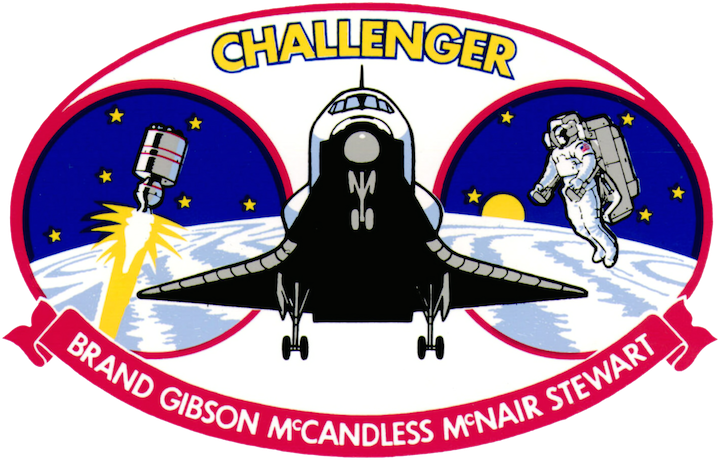
Mission: WESTAR-VI, Manned Maneuvering Unit, PALAPA-B2, First KSC Landing
Space Shuttle: Challenger
Launch Pad: 39A
Launch Weight: 250,452 pounds
Launched: February 3, 1984 at 8:00:00 a.m. EST
Landing Site: Kennedy Space Center, Florida
Landing: February 11, 1984 at 7:15:55 a.m. EST
Landing Weight: 201,238 pounds
Runway: 15
Rollout Distance: 10,815 feet
Rollout Time: 67 seconds
Revolution: 128
Mission Duration: 7 days, 23 hours, 15 minutes, 55 seconds
Orbit Altitude: 189 nautical miles
Orbit Inclination: 28.5 degrees
Miles Traveled: 3.3 million
Crew Members Image to right: STS-41B Crew photo with Commander Vance D. Brand, Pilot Robert L. Gibson, Mission Specialists Bruce McCandless II, Ronald E. McNair and Robert L. Stewart. Image Credit: NASA
Image to right: STS-41B Crew photo with Commander Vance D. Brand, Pilot Robert L. Gibson, Mission Specialists Bruce McCandless II, Ronald E. McNair and Robert L. Stewart. Image Credit: NASA
Mission Highlights On this mission the first untethered space walks were carried out by McCandless and Stewart, using the manned maneuvering unit. The WESTAR-VI and PALAPA-B2 satellites were deployed, but failure of the Payload Assist Module-D (PAM-D) rocket motors left them in radical low-Earth orbits. The German-built Shuttle Pallet Satellite (SPAS), originally flown on STS-7, became the first satellite refurbished and carried back into space. SPAS remained in the payload bay due to an electrical problem with Remote Manipulator System (RMS). The RMS manipulator foot restraints were first used to practice procedures performed for Solar Maximum satellite retrieval and repair planned for next mission. Integrated Rendezvous Target (IRT) failed due to an internal issue. Five Get Away Special canisters flown in the cargo bay and Cinema-360 camera were used by crew. Other payloads included: Acoustic Containerless Experiment System (ACES); Monodisperse Latex Reactor (MLR); Radiation Monitoring Equipment (RME), and Isoelectric Focusing (IEF) payload.
On this mission the first untethered space walks were carried out by McCandless and Stewart, using the manned maneuvering unit. The WESTAR-VI and PALAPA-B2 satellites were deployed, but failure of the Payload Assist Module-D (PAM-D) rocket motors left them in radical low-Earth orbits. The German-built Shuttle Pallet Satellite (SPAS), originally flown on STS-7, became the first satellite refurbished and carried back into space. SPAS remained in the payload bay due to an electrical problem with Remote Manipulator System (RMS). The RMS manipulator foot restraints were first used to practice procedures performed for Solar Maximum satellite retrieval and repair planned for next mission. Integrated Rendezvous Target (IRT) failed due to an internal issue. Five Get Away Special canisters flown in the cargo bay and Cinema-360 camera were used by crew. Other payloads included: Acoustic Containerless Experiment System (ACES); Monodisperse Latex Reactor (MLR); Radiation Monitoring Equipment (RME), and Isoelectric Focusing (IEF) payload.
---
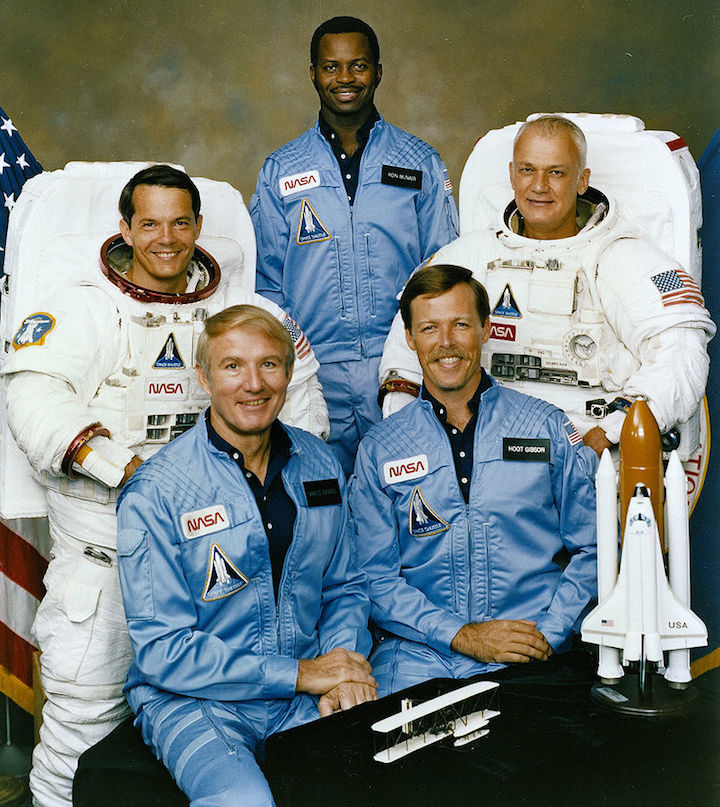
The crew assigned to the STS-41B (STS-11) mission included (seated left to right) Vance D. Brand, commander; and Robert L. Gibson, pilot. Standing left to right are mission specialists Robert L. Stewart, Ronald E. McNair, and Bruce McCandless.
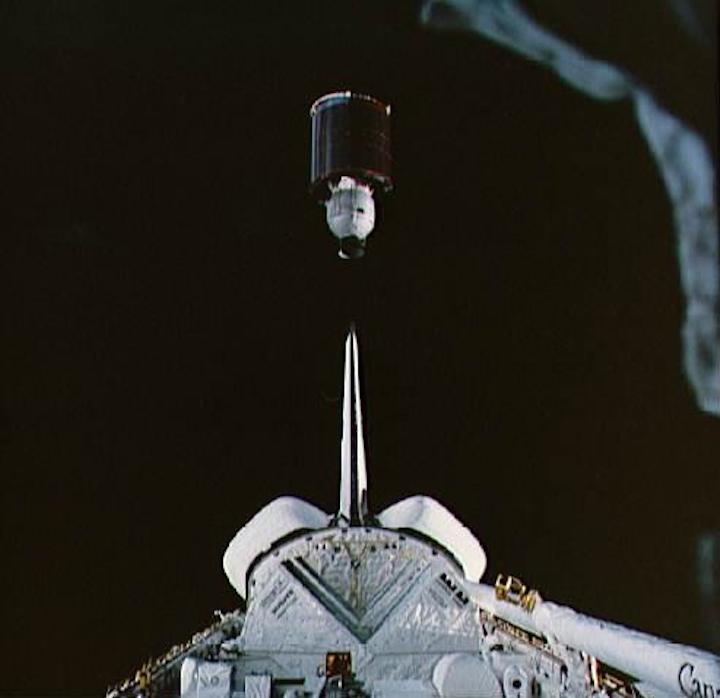
View of the Palapa B-2 satellite after deployment on STS-41-B. View of the Palapa-B and the Shuttle Challenger begining their separation after deployment of the communications satellite. This view is from the aft windows on the flight deck. The Shuttle pallet satellite (SPAS-01A) is partly visible at lower center. The Canadian-built remote manipulator system (RMS) arm is in its stowed position at lower right. Both shields for the Palapa and the Westar VI satellite were opened for the deployment.
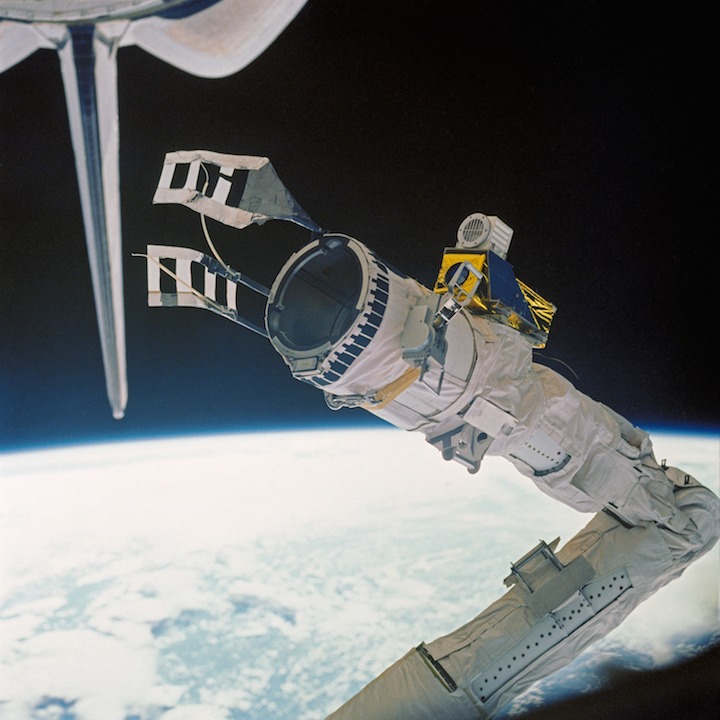
S84-27040 -- On Space Shuttle mission STS-41B, Feb. 1984, the Canadarm was used as a platform for spacewalk work by astronauts Bruce McCandless II (pictured) and Robert L. Stewart. Photo Credit: NASA

Astronaut Bruce McCandless exercises the Manned Maneuvering Unit.
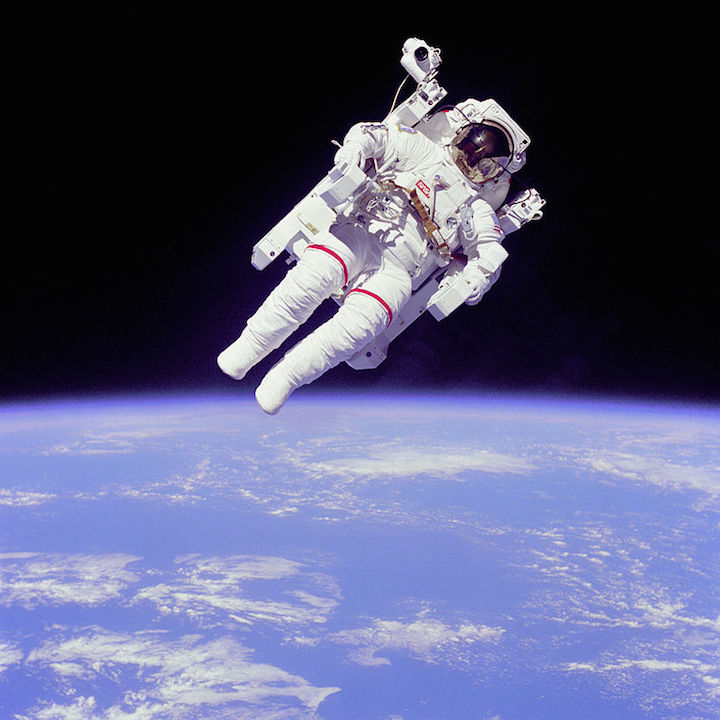
Mission: STS-41-B Film Type: 70mm Title: Views of the extravehicular activity during STS 41-B Description: Astronaut Bruce McCandless II, mission specialist, participates in a extra-vehicular activity (EVA), a few meters away from the cabin of the shuttle Challenger.

McCandless approaches his maximum distance from Challenger.
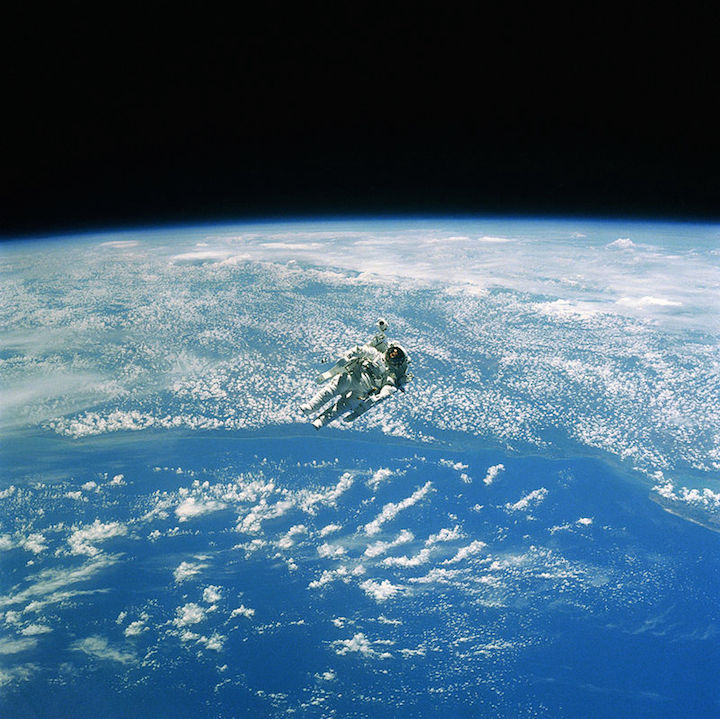
ID: DF-SC-84-10569, Service Depicted: Air Force - Astronaut Robert L. Stewart tests the nitrogen propelled, hand-controlled manned maneuvering unit (MMU) as part of an extravehicular activity (EVA) during Flight 41-B of the space shuttle Challenger. The MMU is a device which allows astronauts to move freely in space without a tether. Note that, although the metadata in this file indicates that the astronaut's name is "Robert C. Stewart", this is an error; his name is "Robert L. Stewart." NASA ID: S84-27033 National Archive: NN33300514
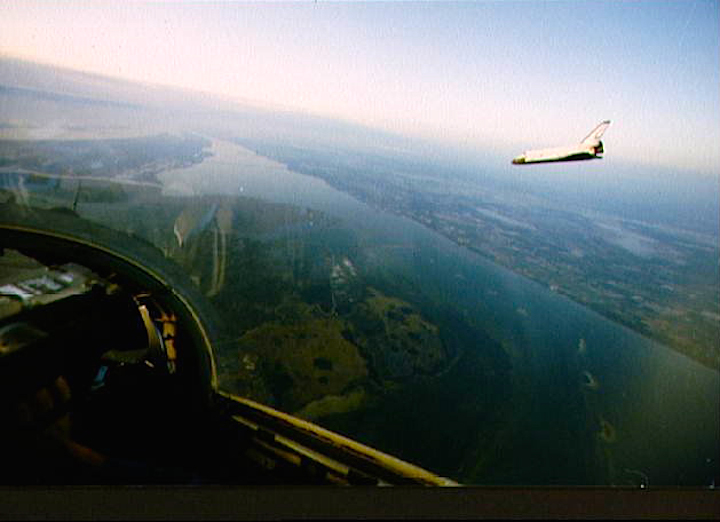
Image: Space shuttle Challenger lands at Kennedy Space Center's Shuttle Landing Facility, completing the STS-41B mission on Feb. 14, 1984. Photo credit: NASA
---
Frams von STS-41B Challenger Mission NASA-Video:
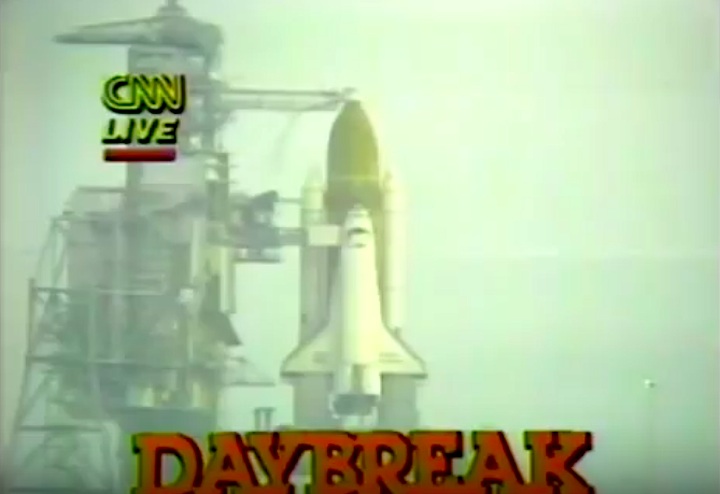
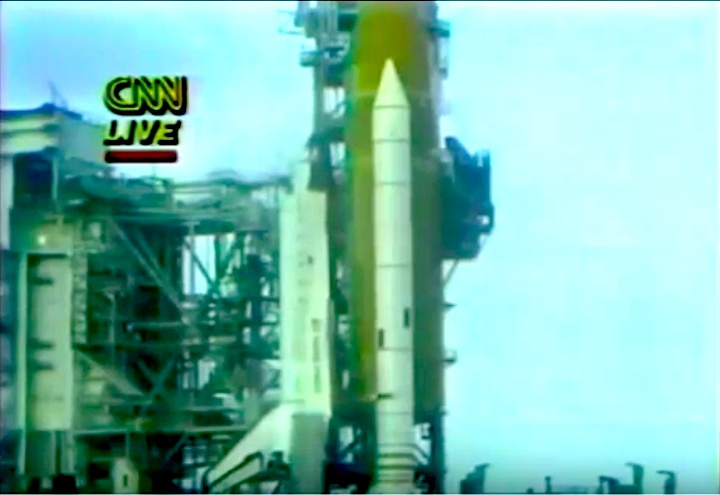
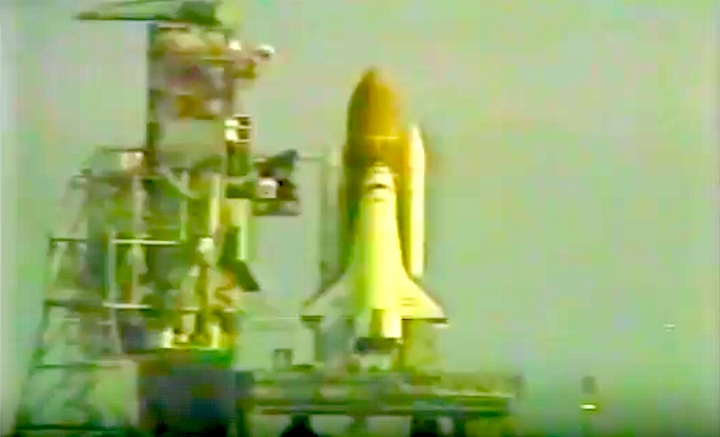
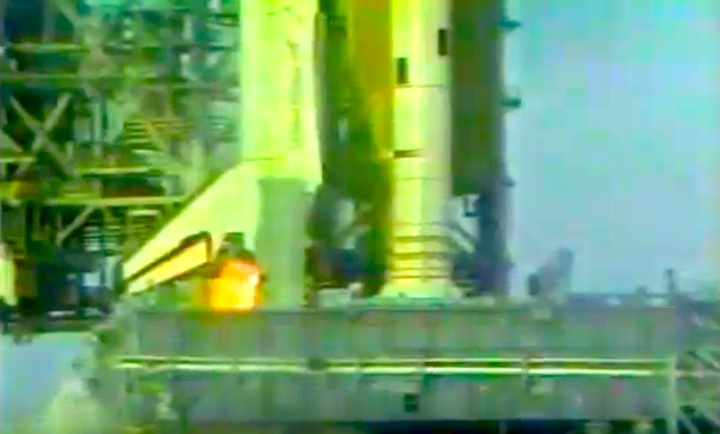

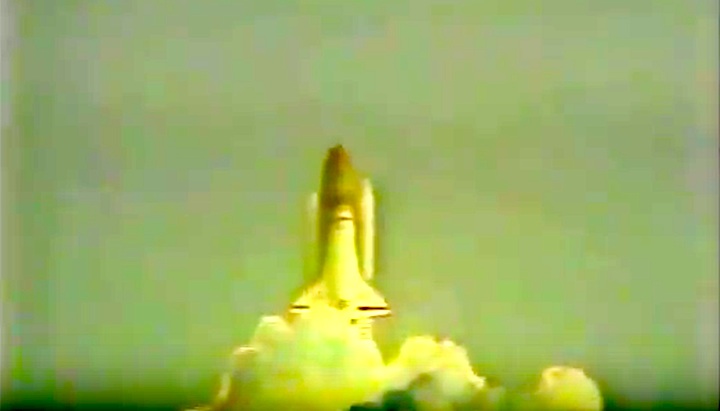
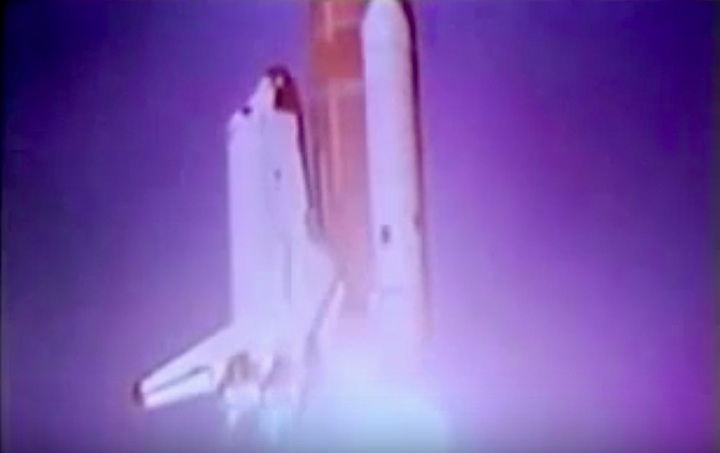
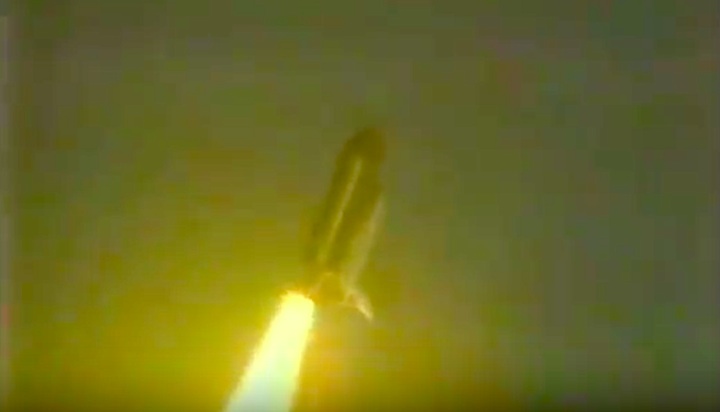
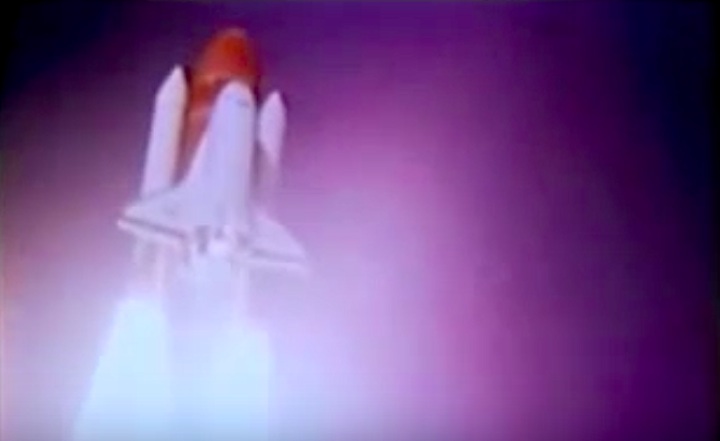
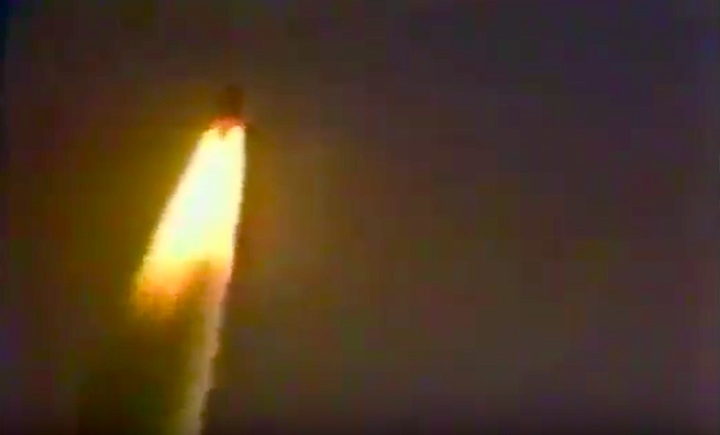
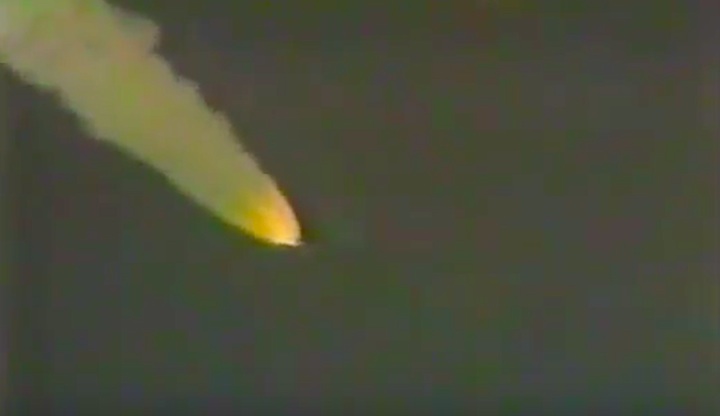

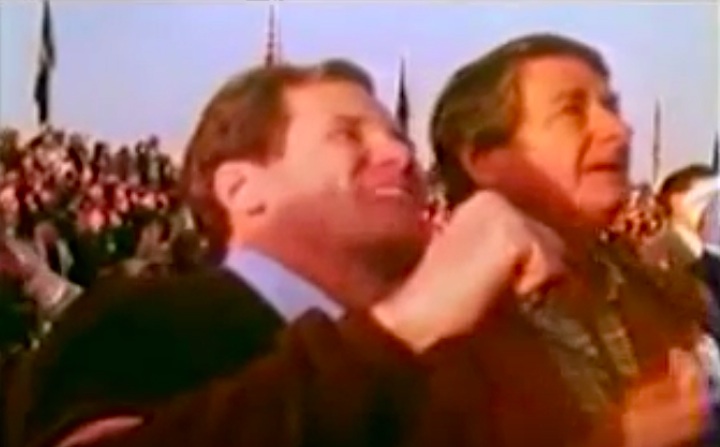
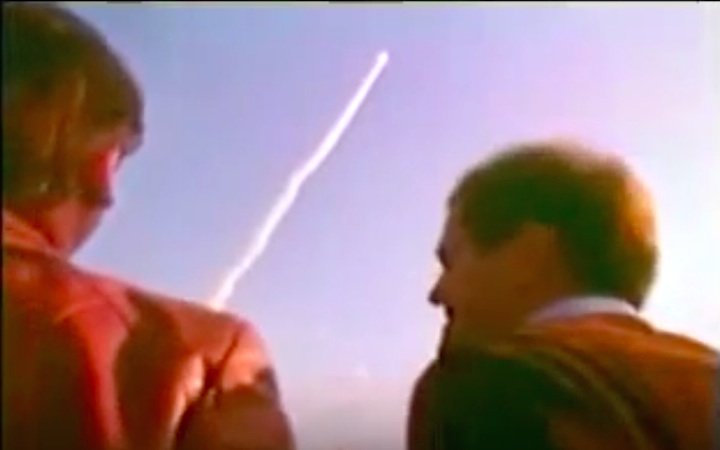
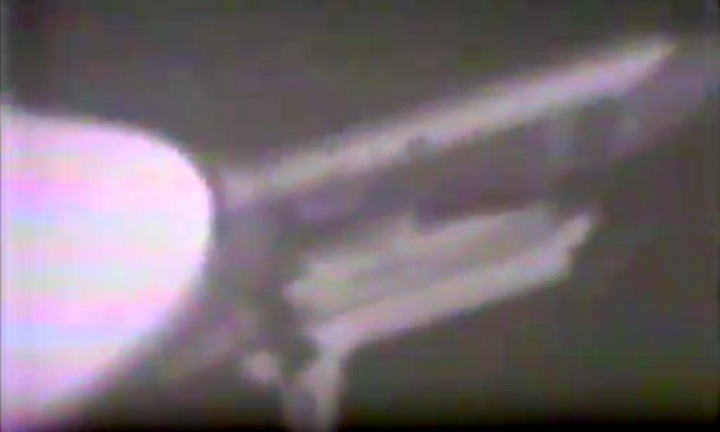
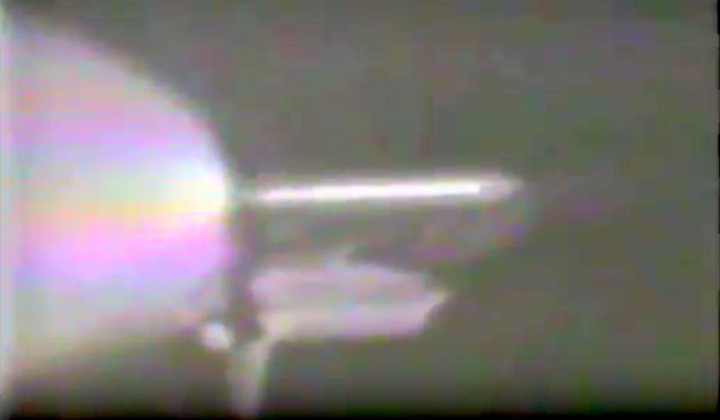
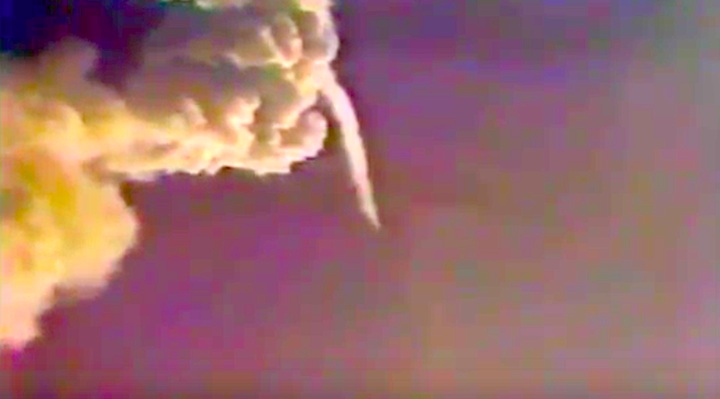

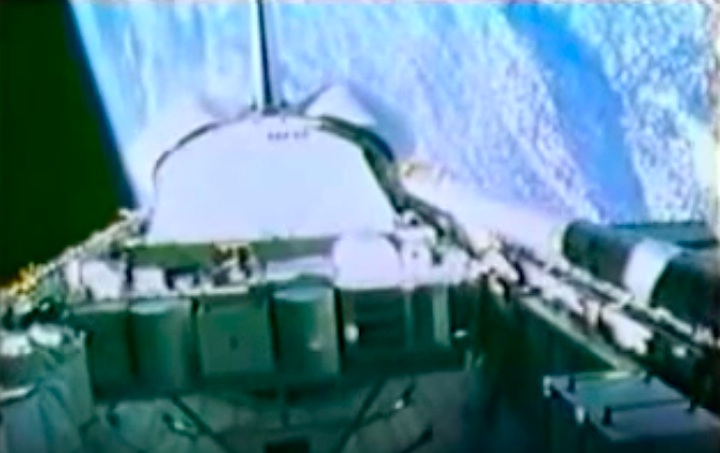
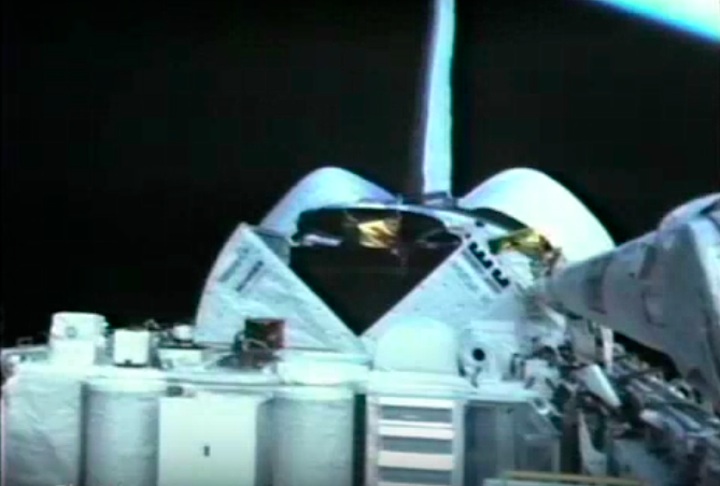
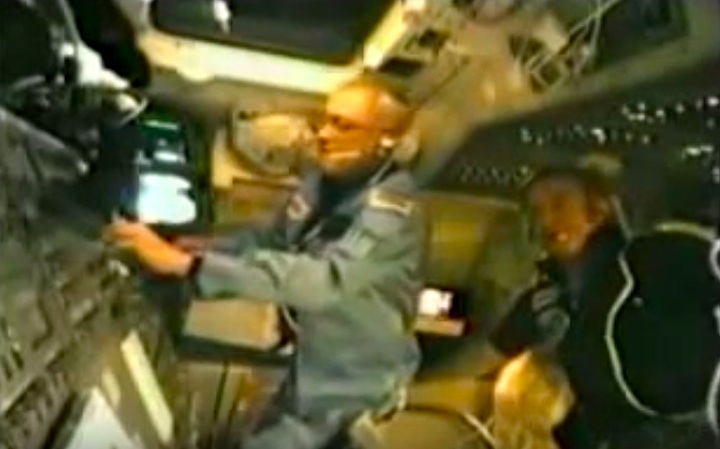
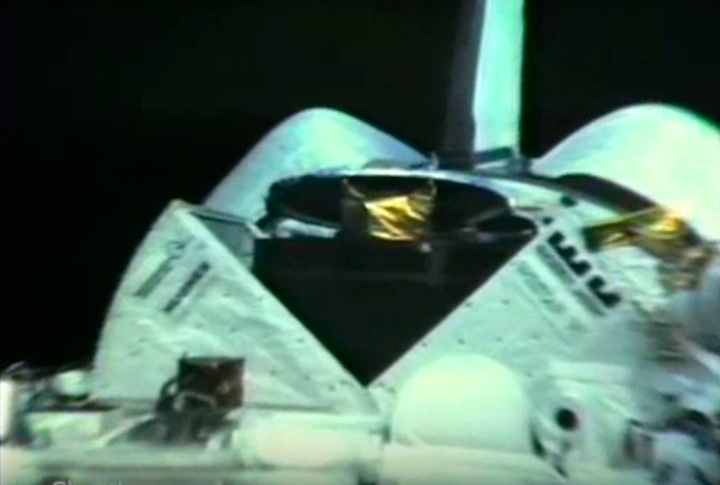
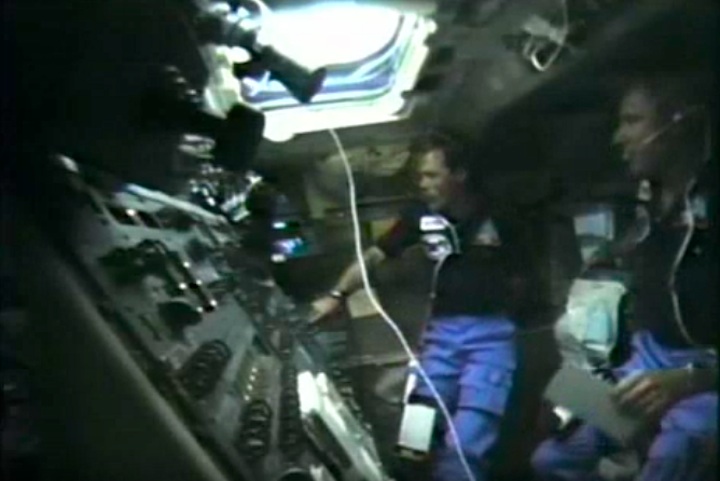
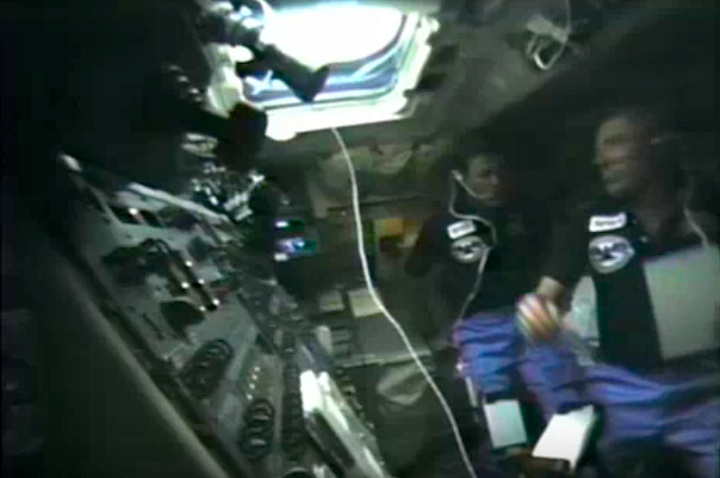
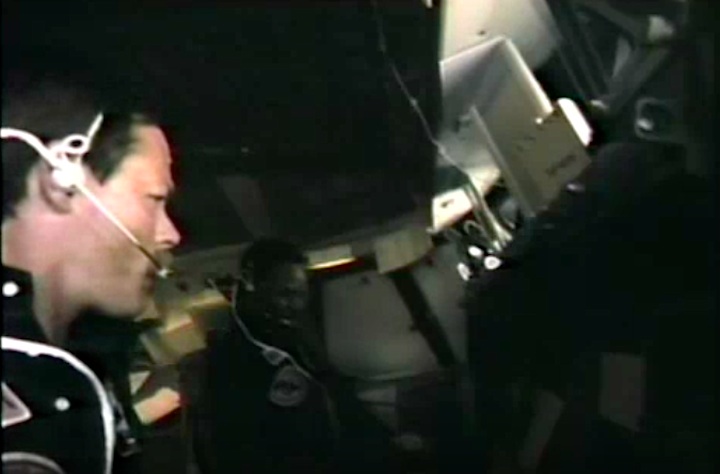
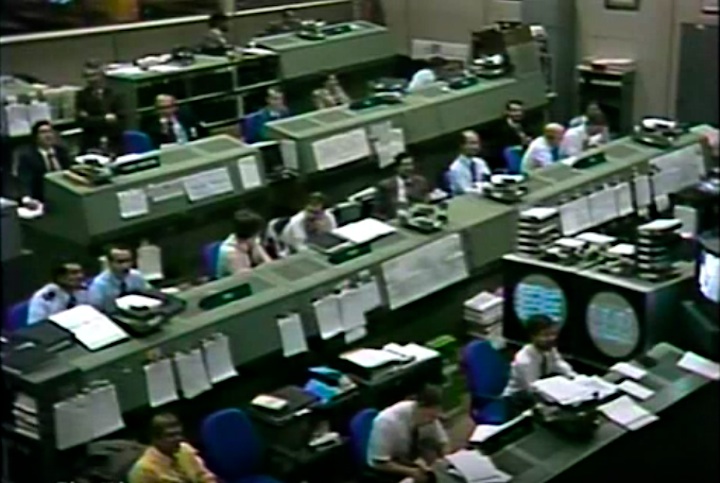
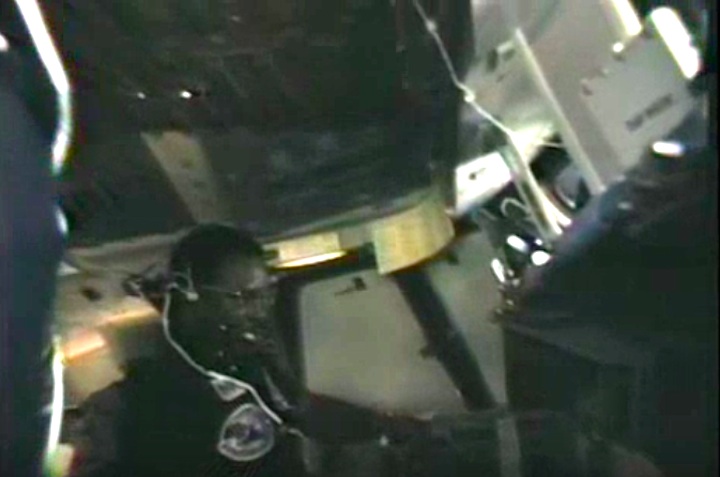
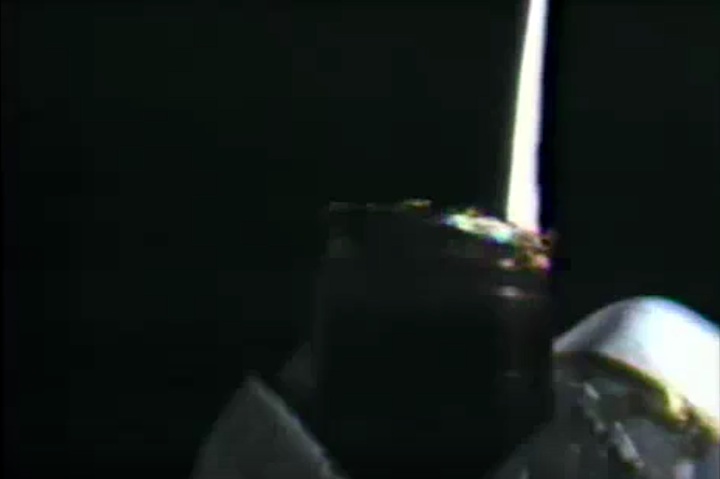
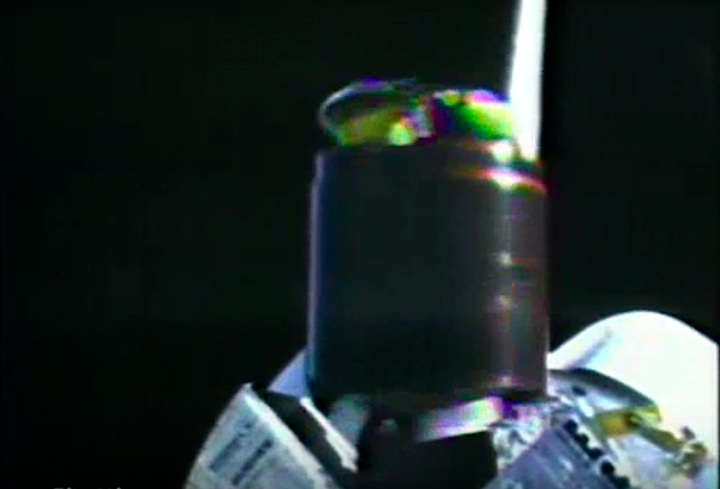
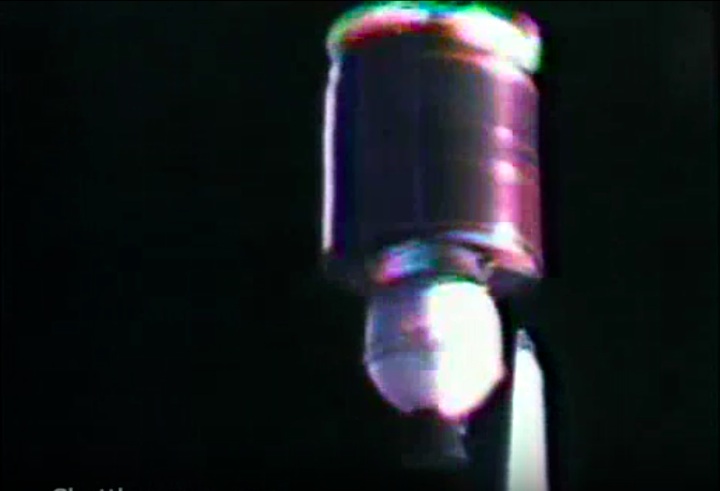
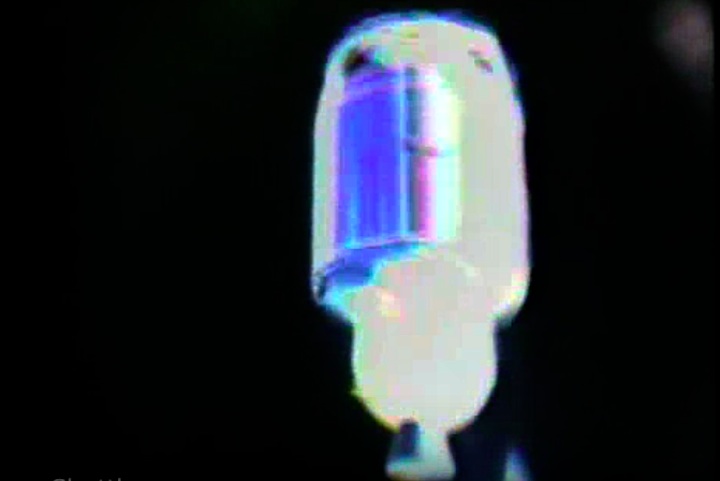
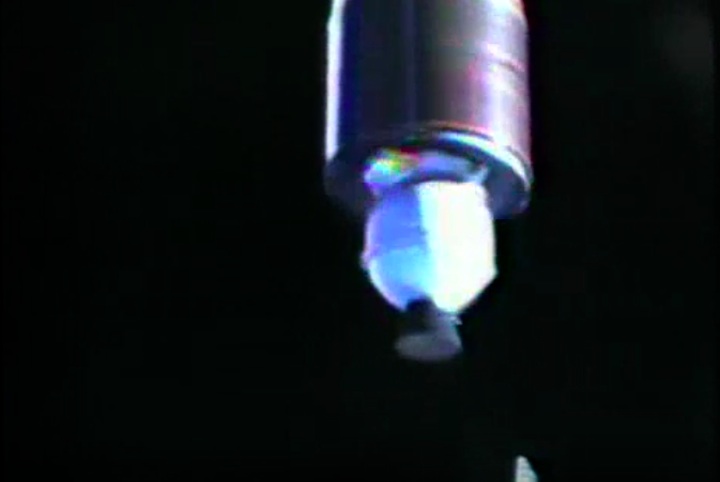
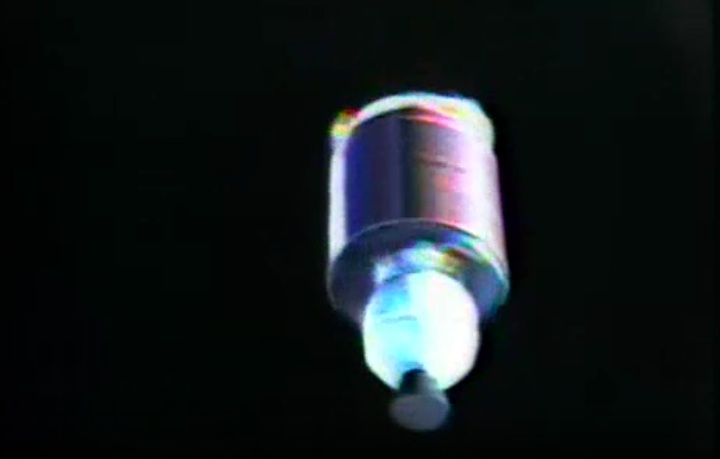
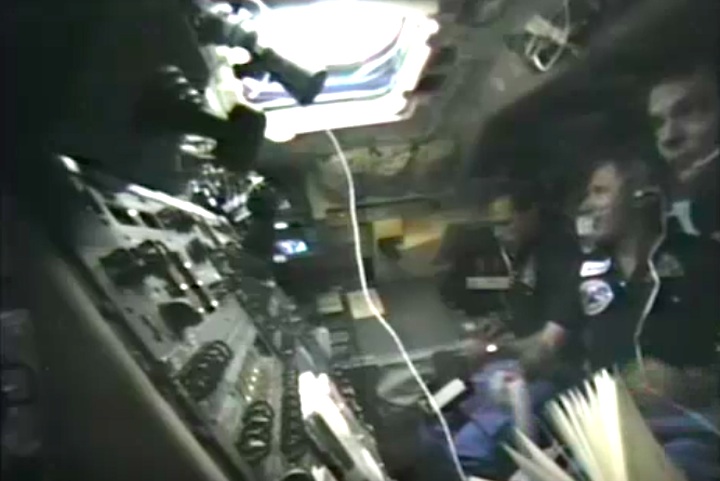
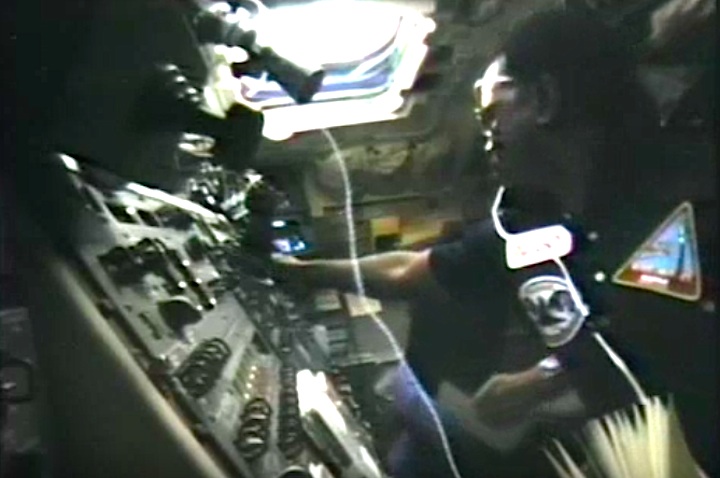
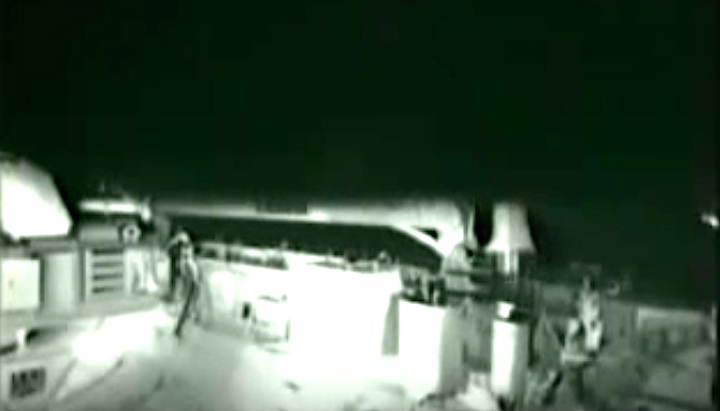
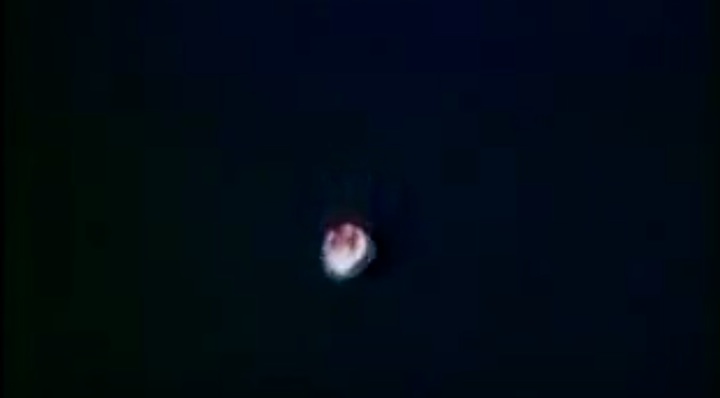
SPAS-Satelliten-Mission
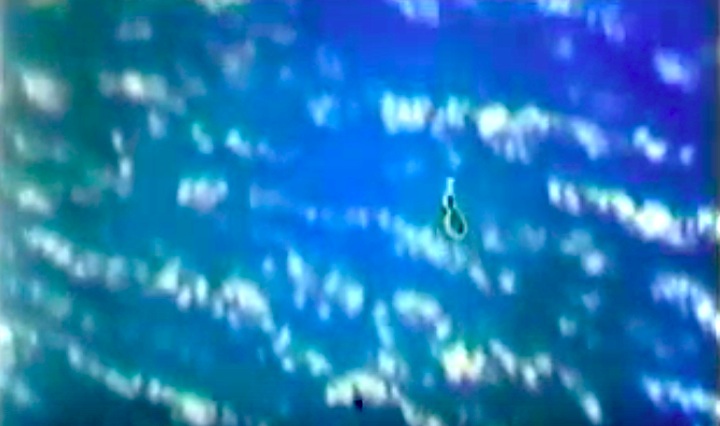
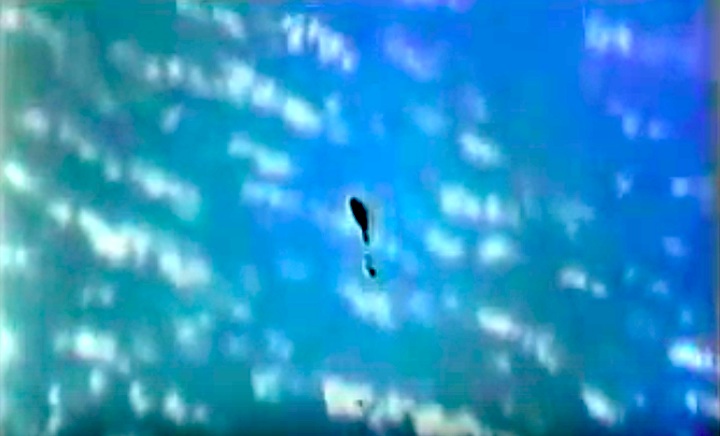

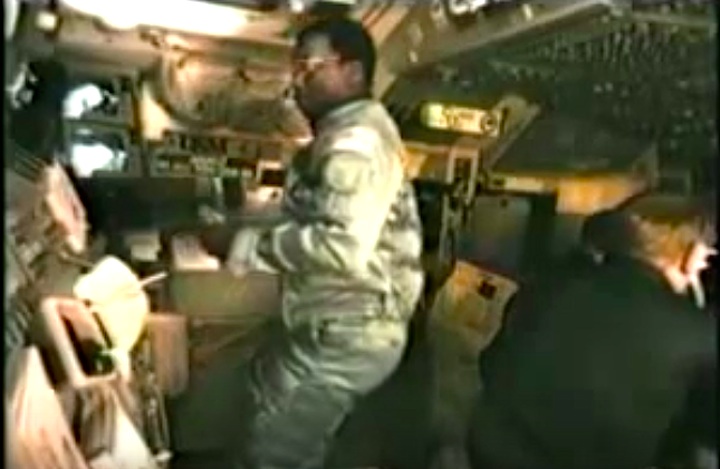
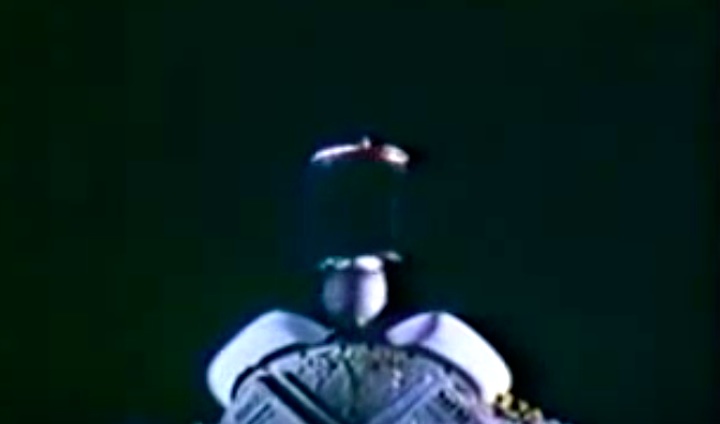
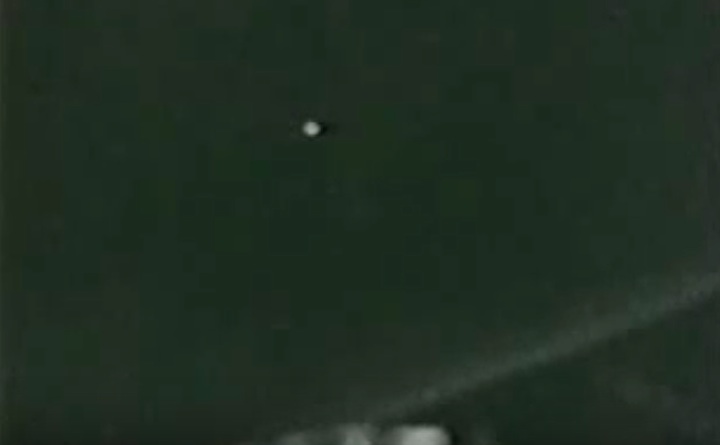

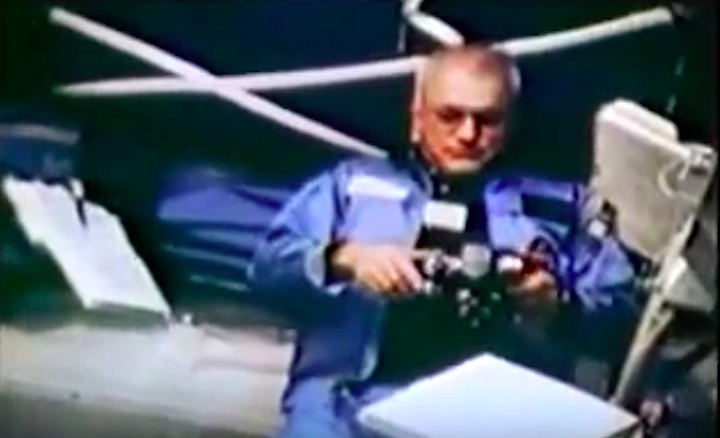
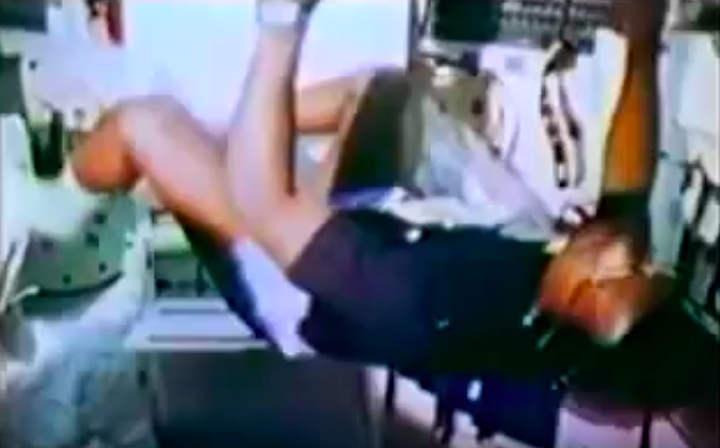
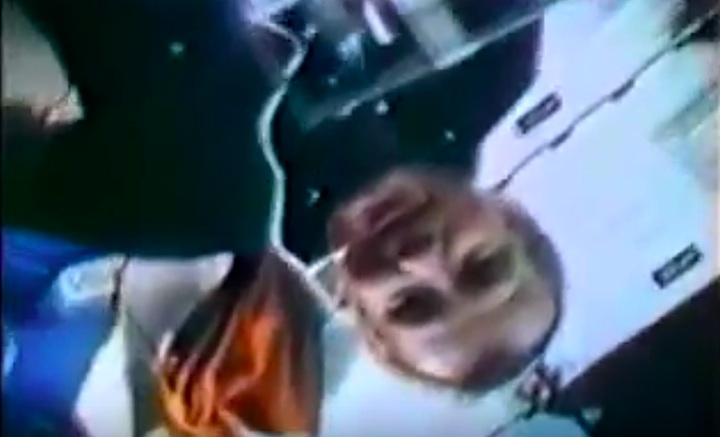
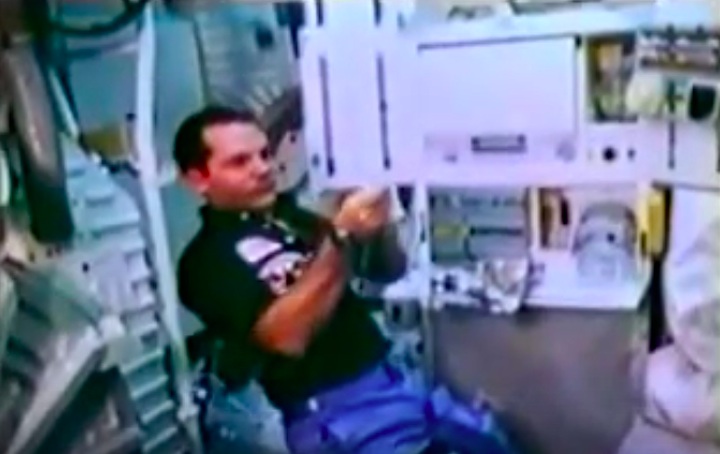
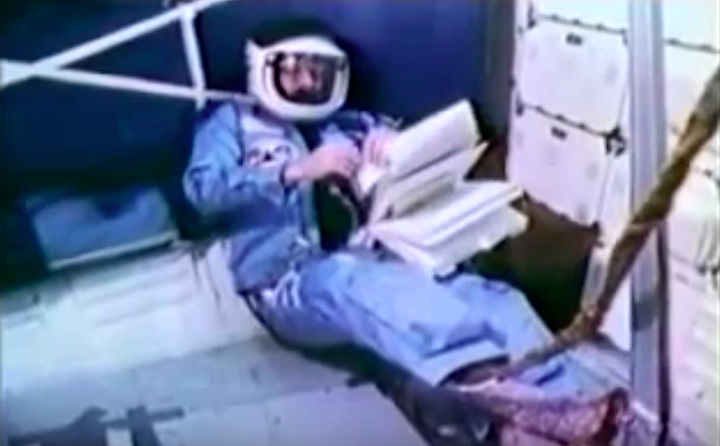
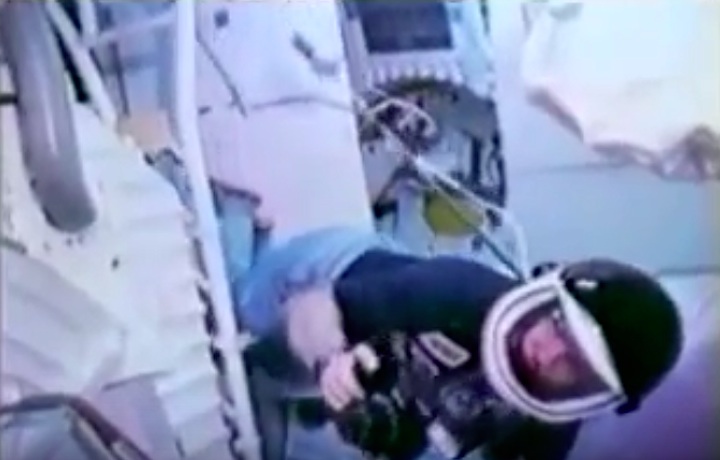
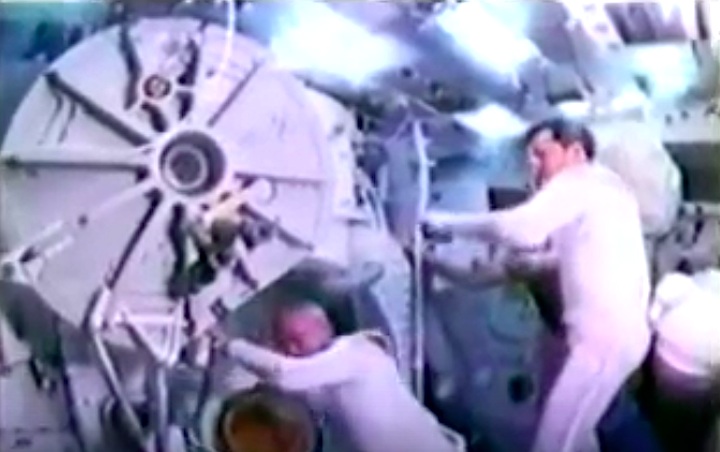
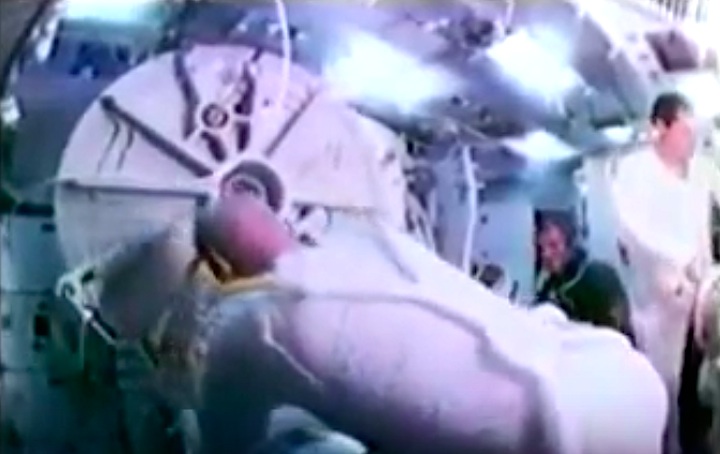
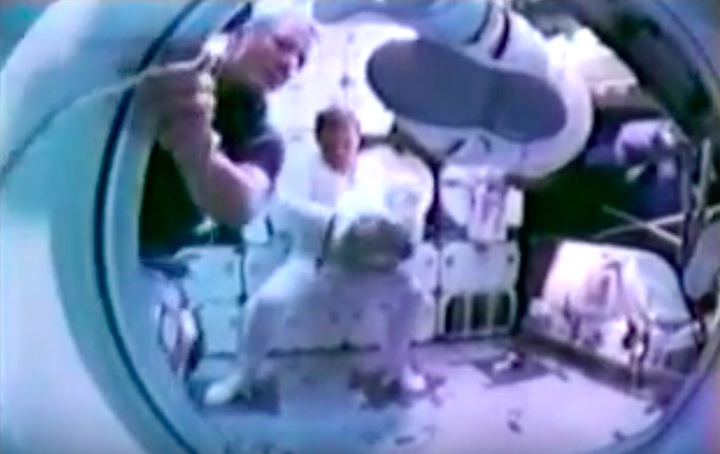

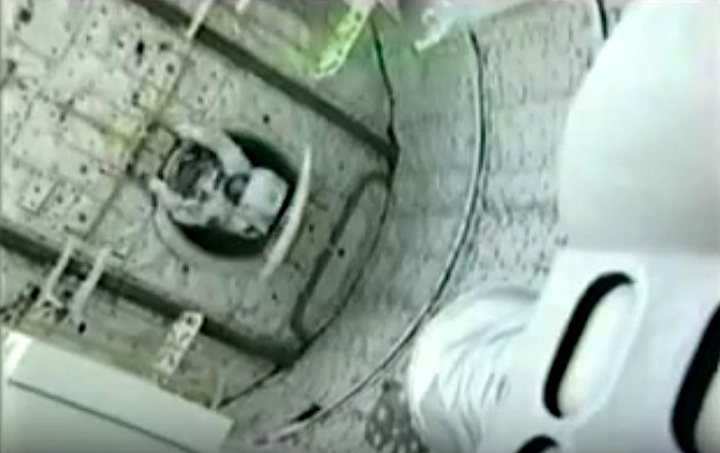
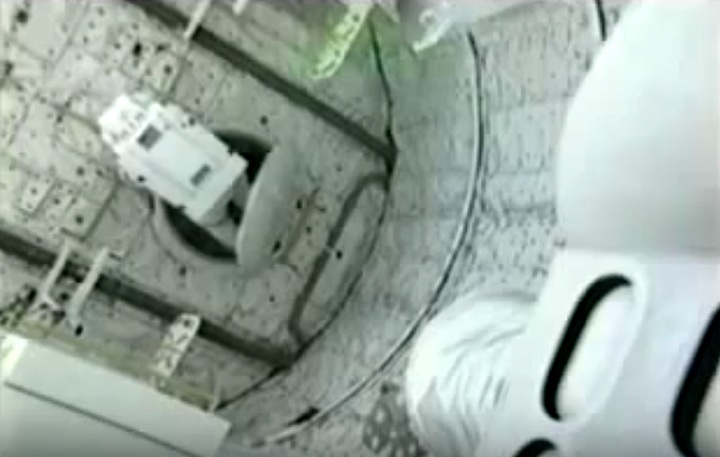
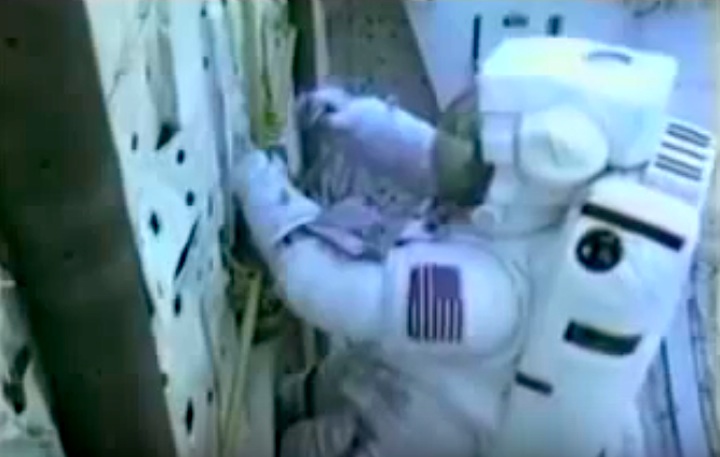
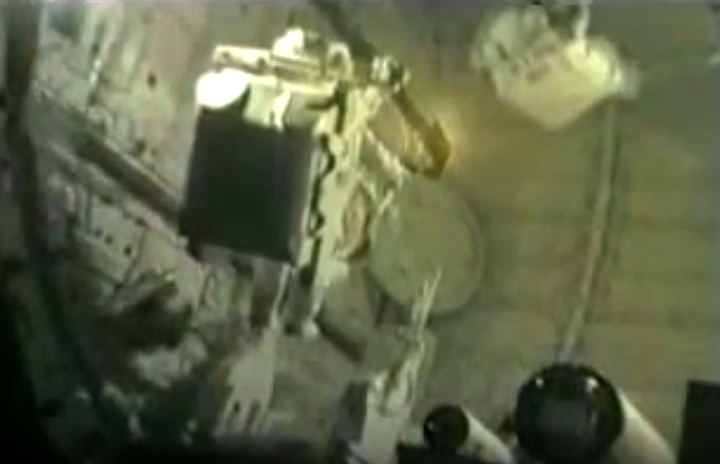
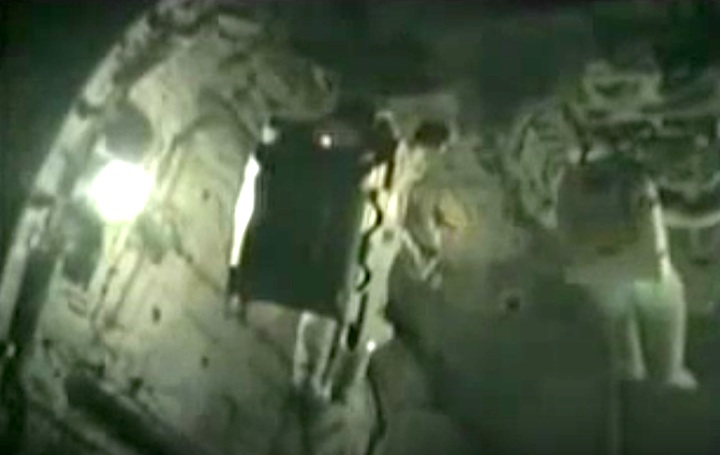
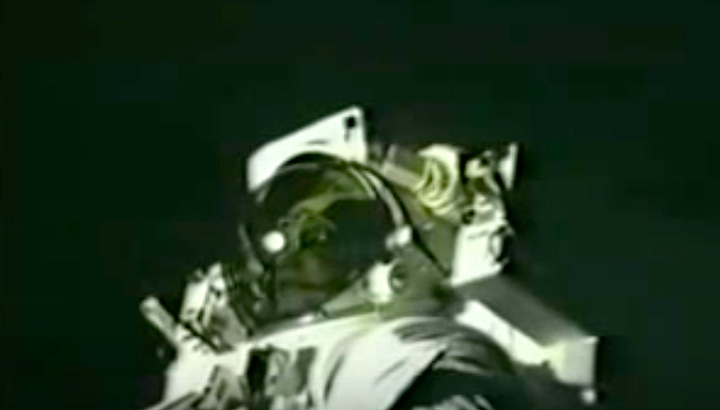
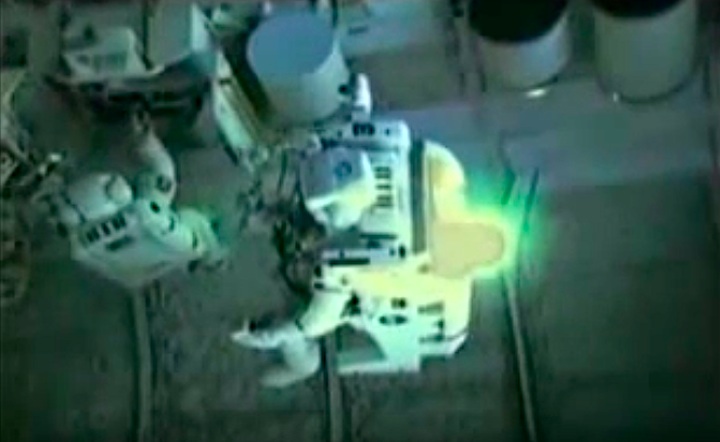
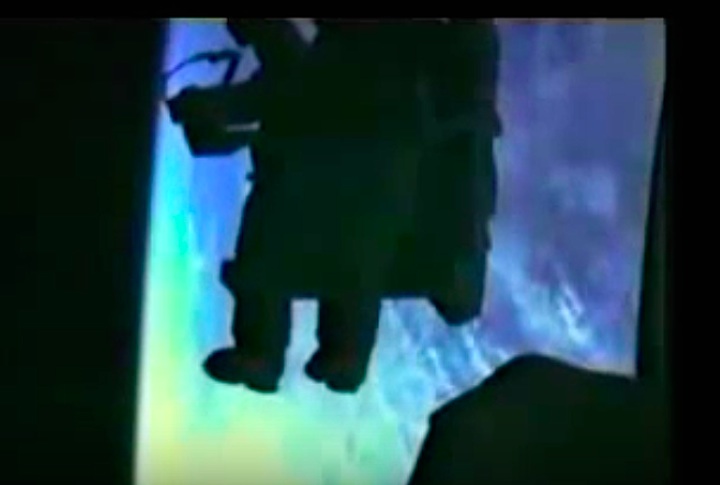
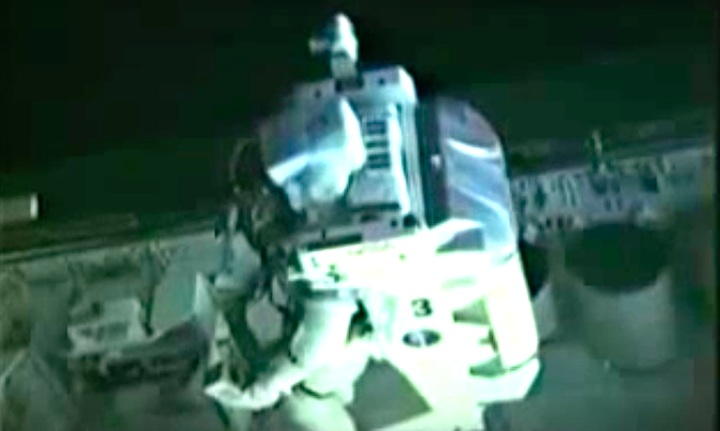
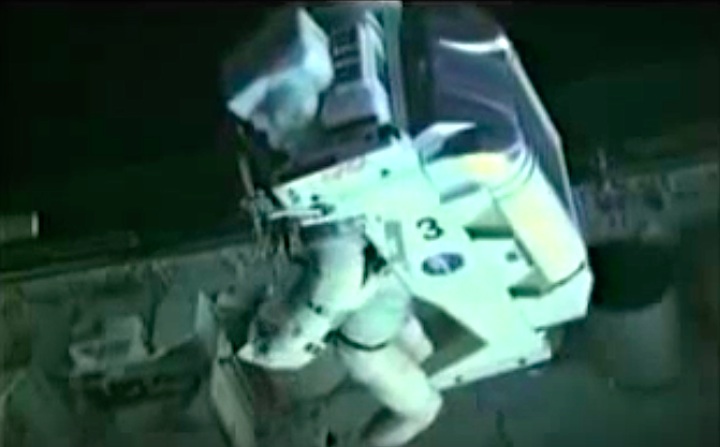
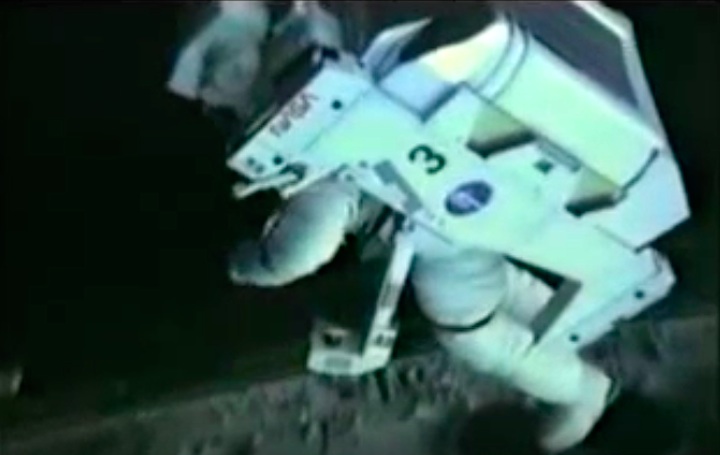
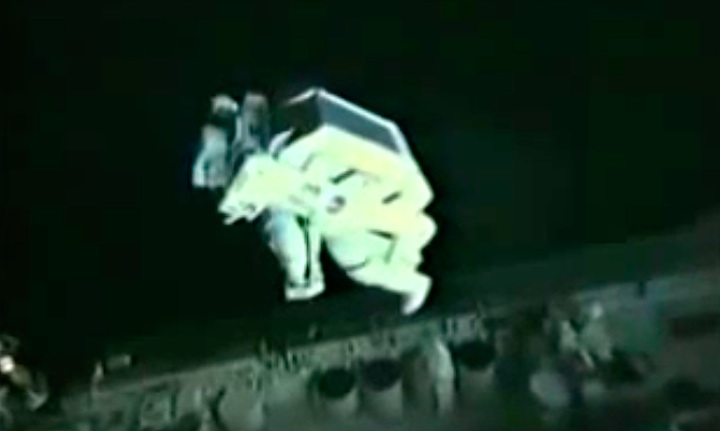
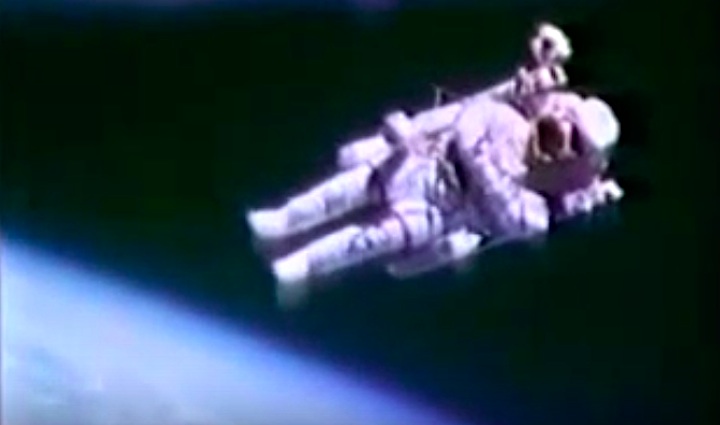
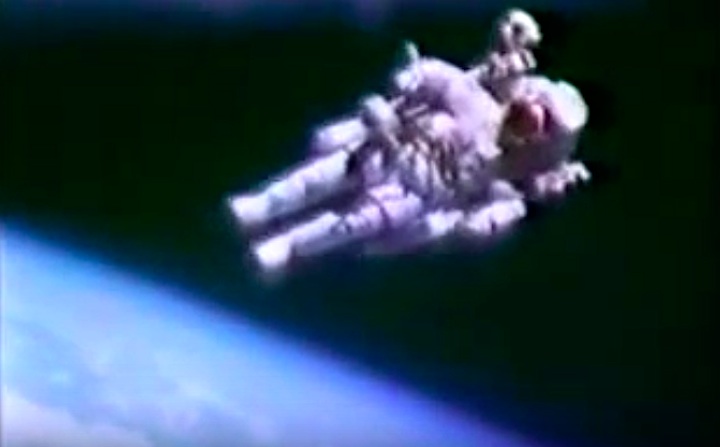
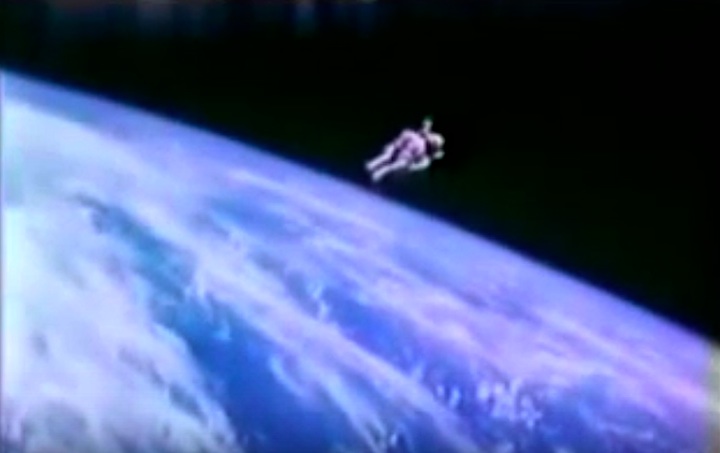
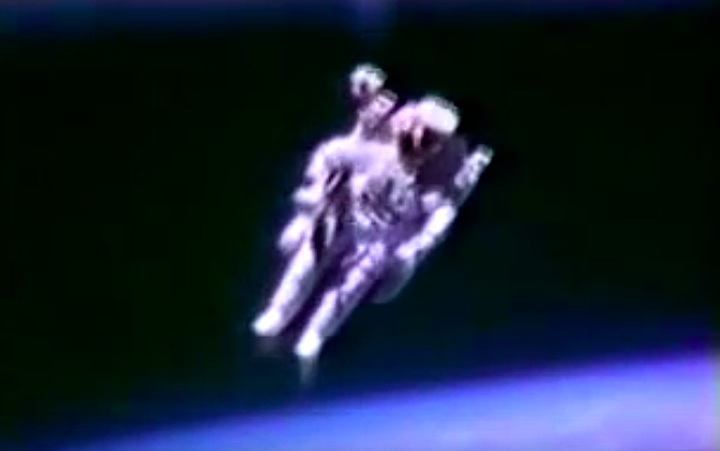
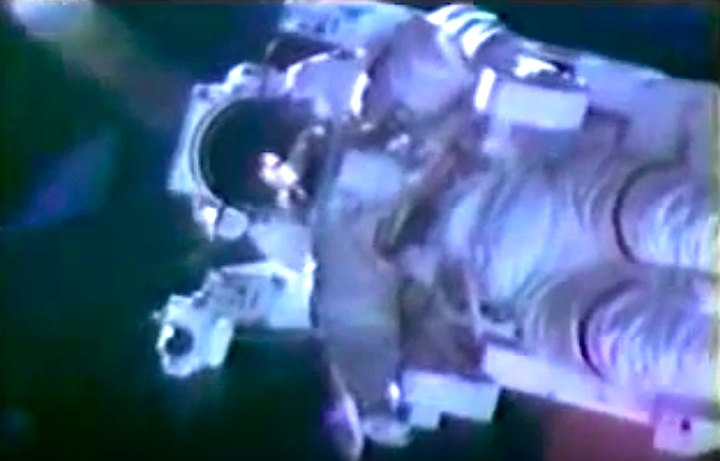
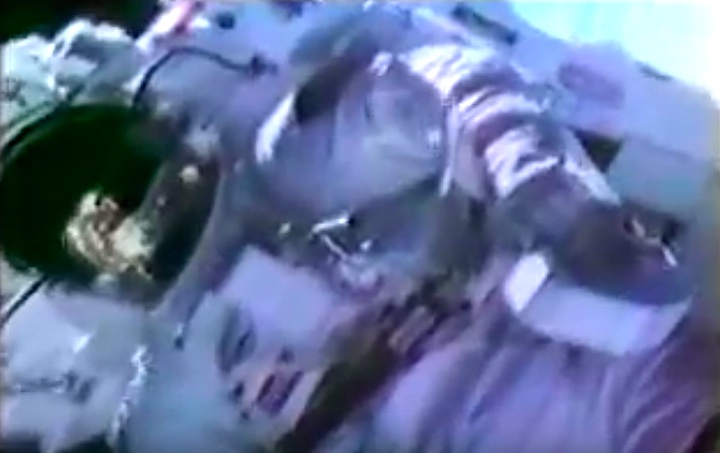

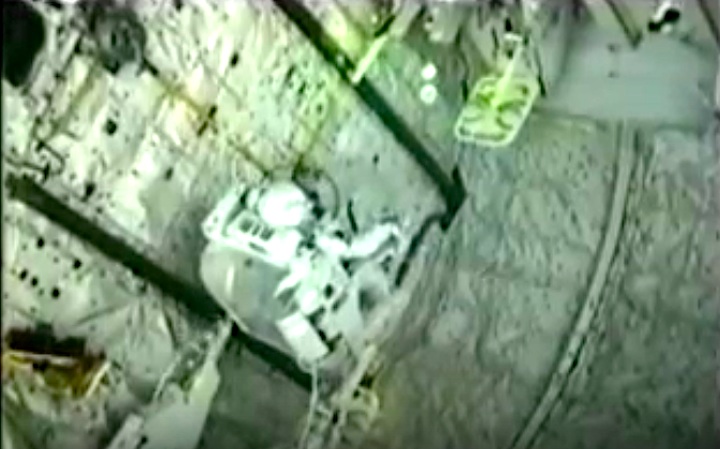
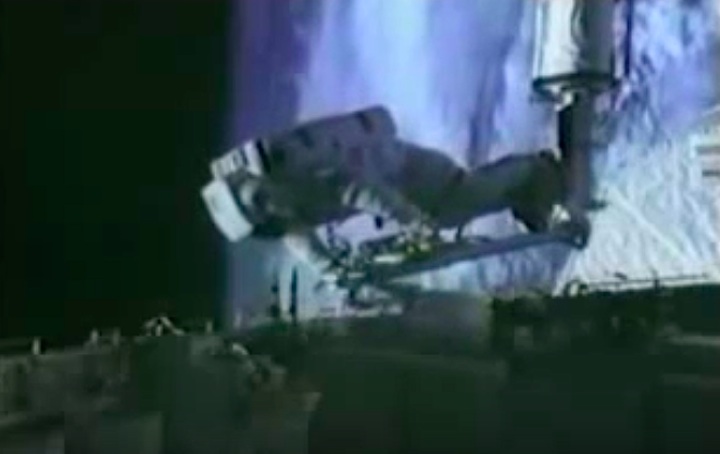
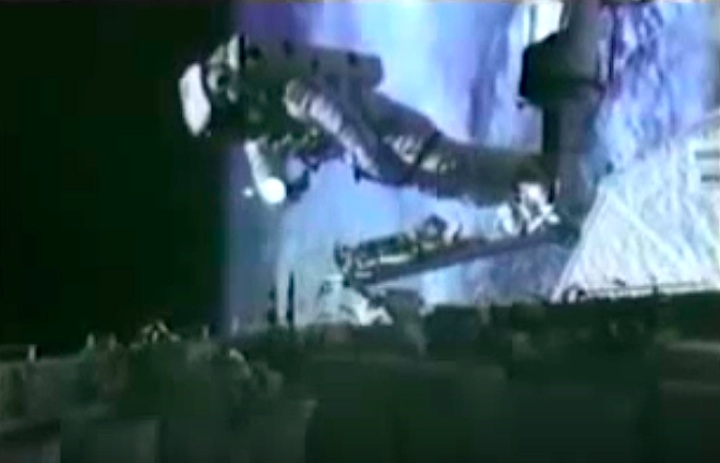
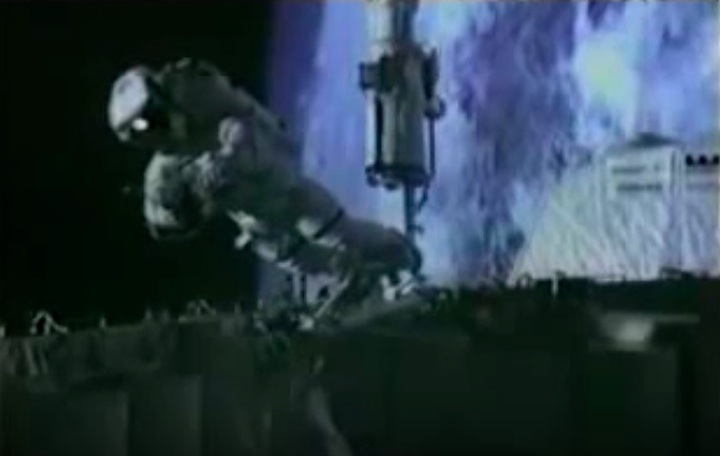
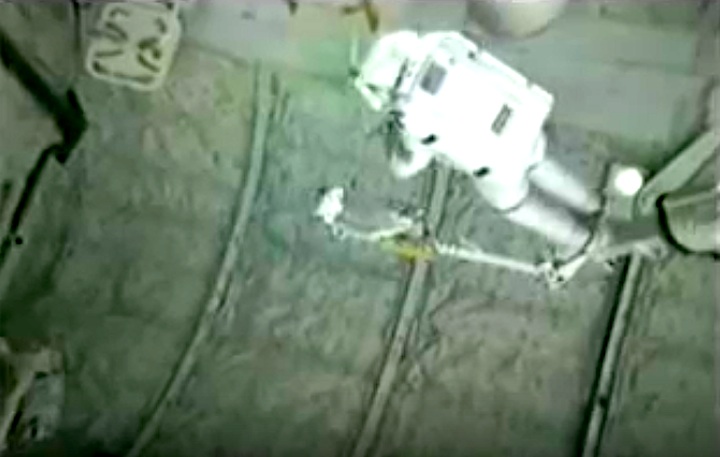
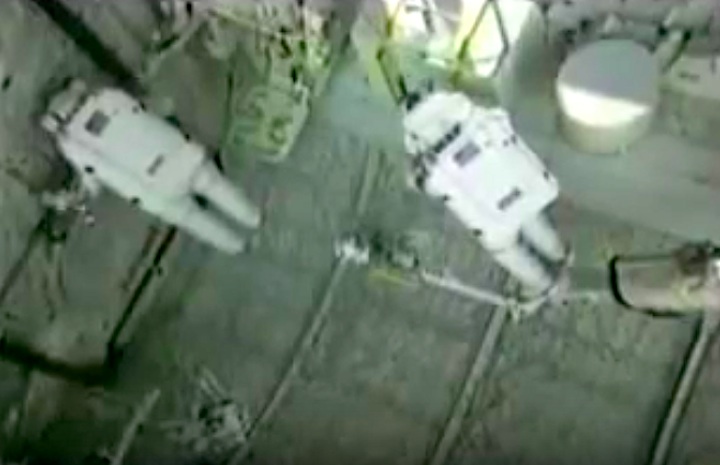

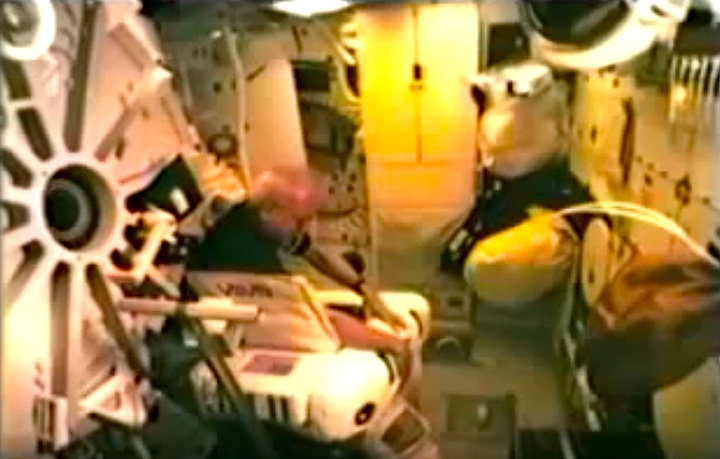
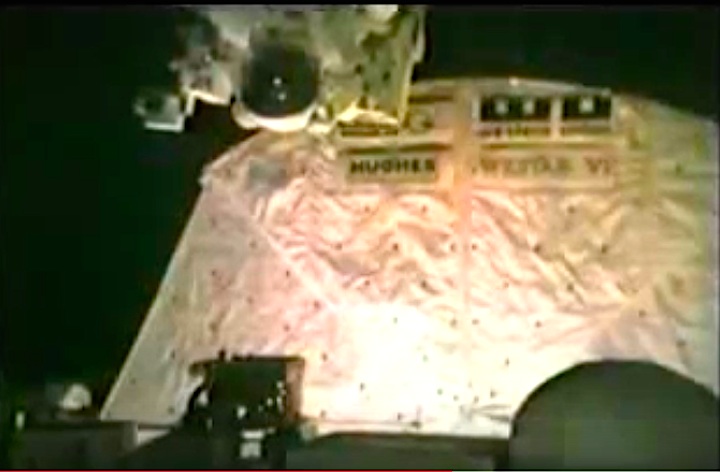


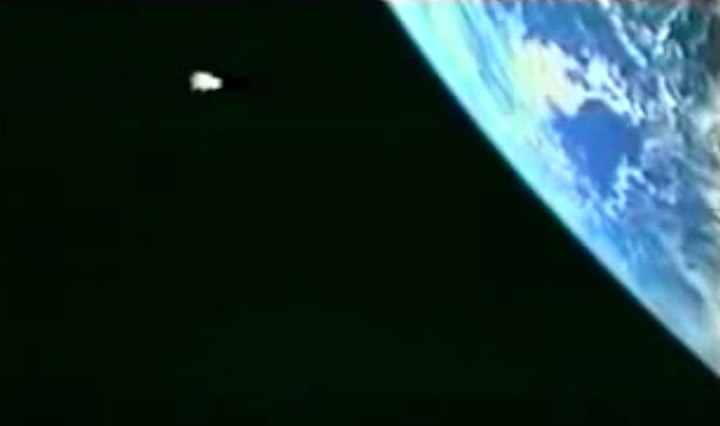
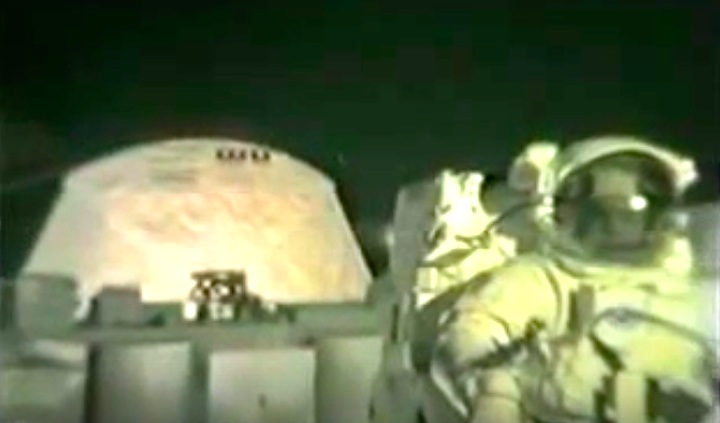
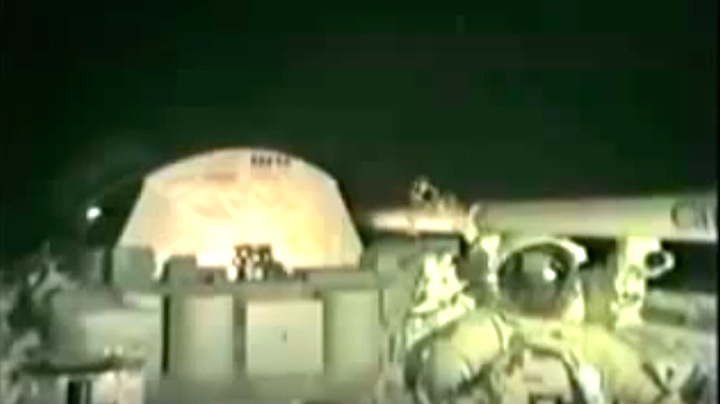
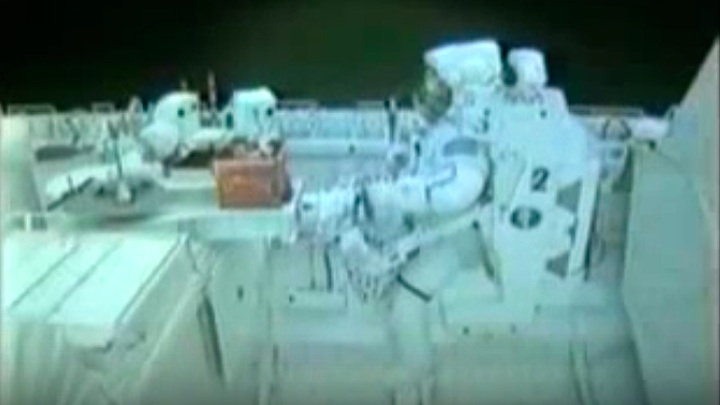
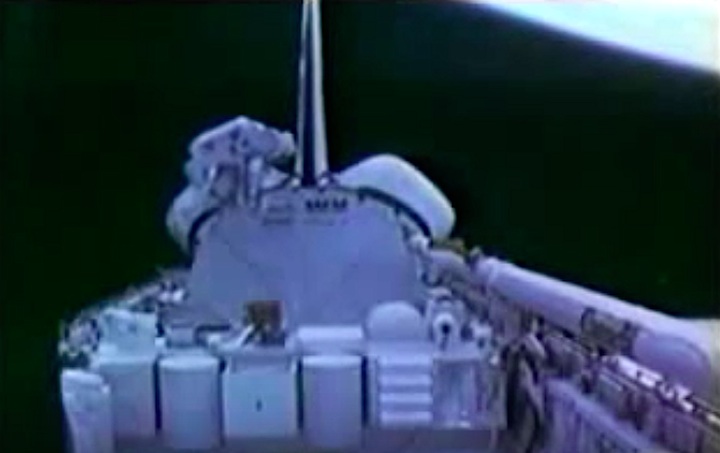
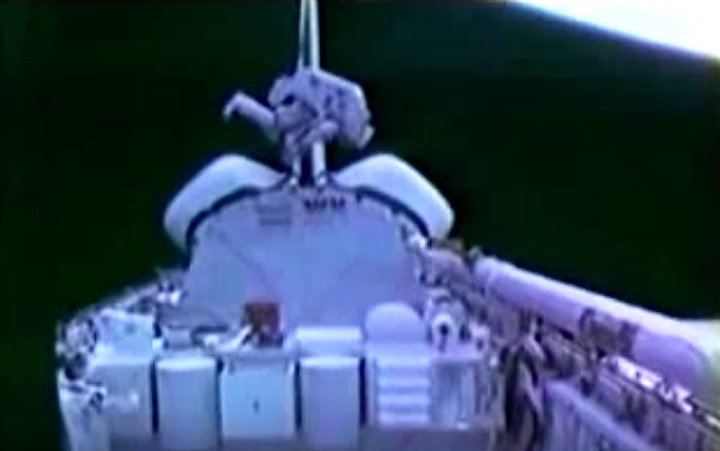
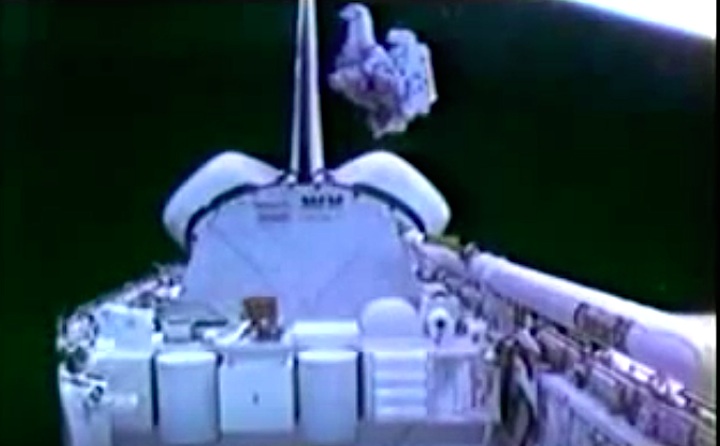
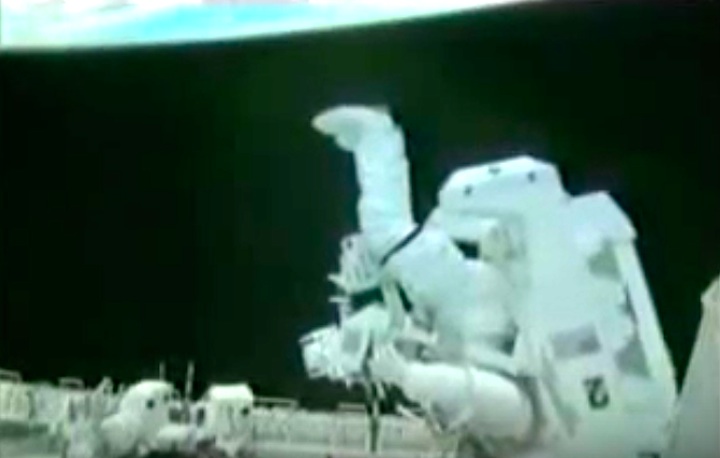

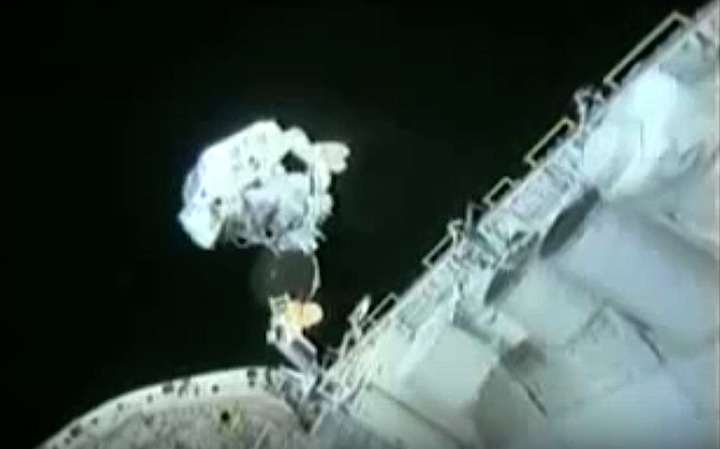

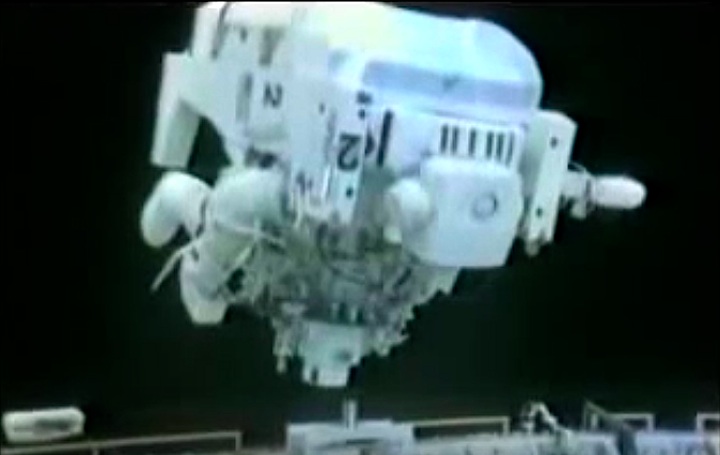
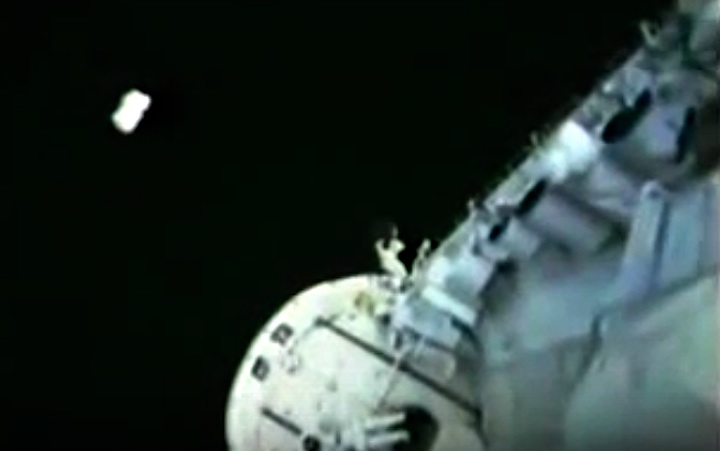
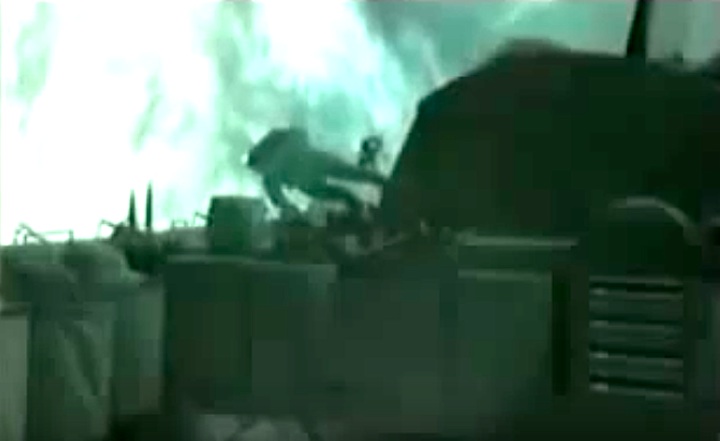

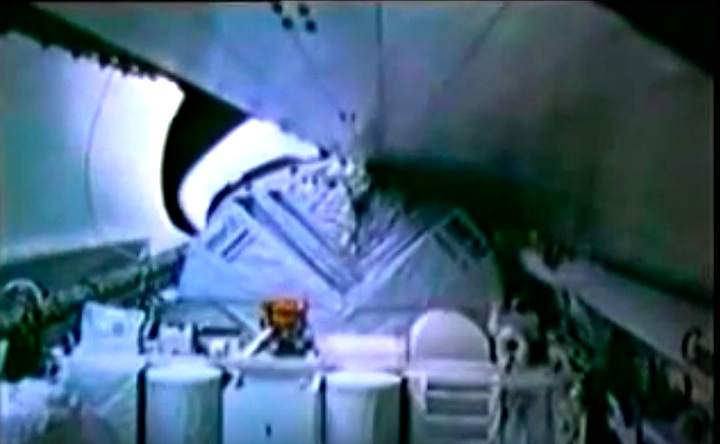
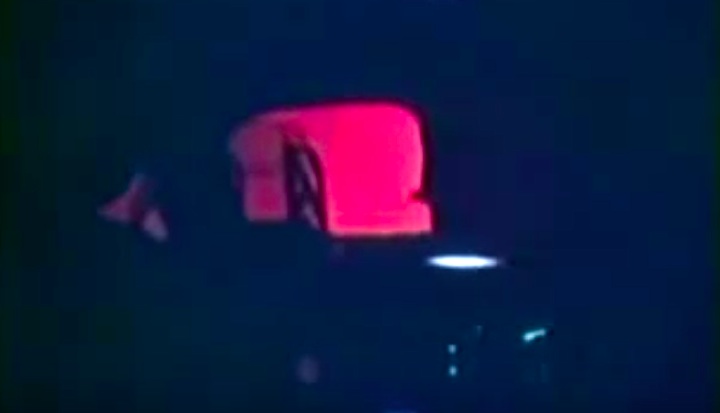
Plasma-Leuchten im Challenger-Cockpit-Fenster bei Re-Entry
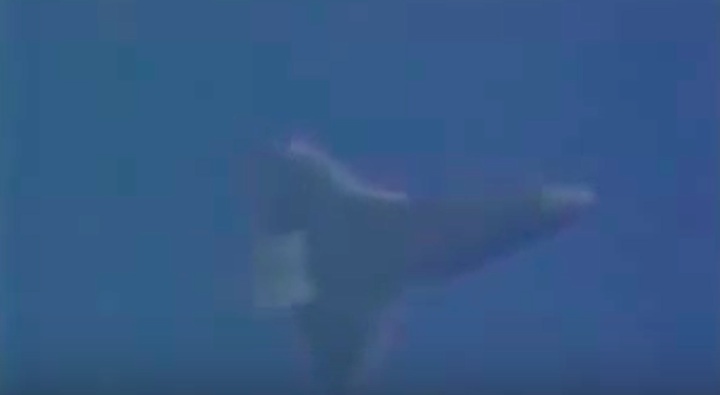
Anflug von Challenger zum ersten Mal auf KSC
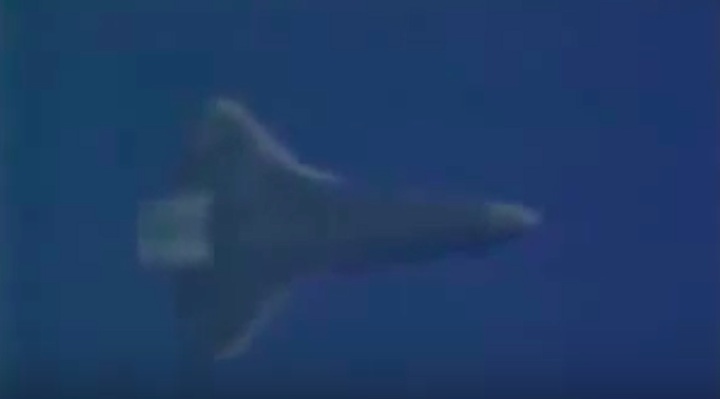
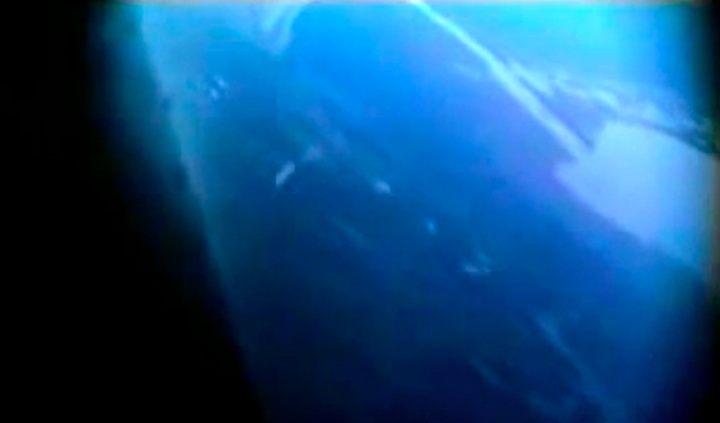
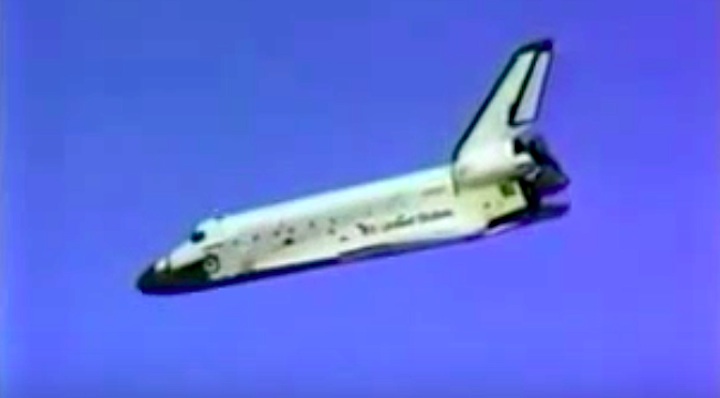
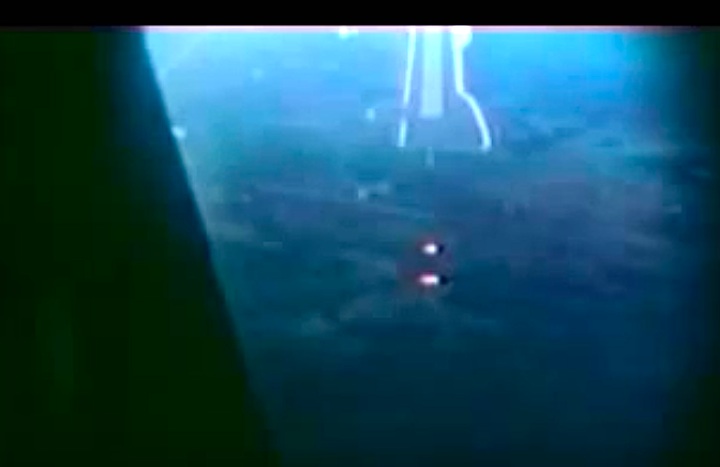
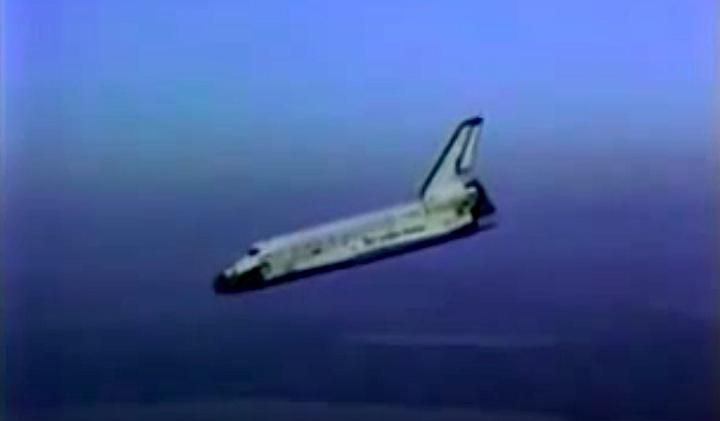
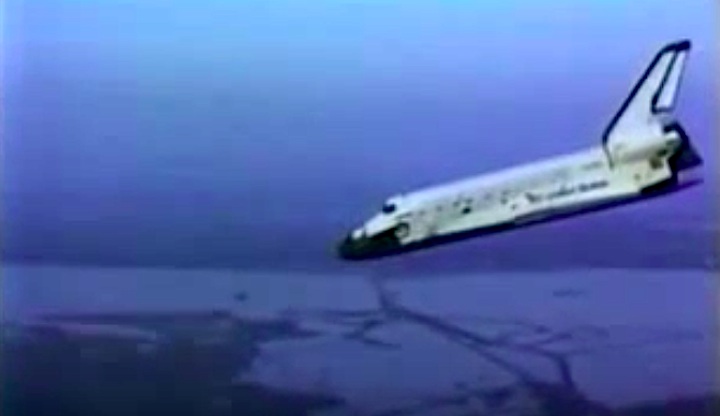
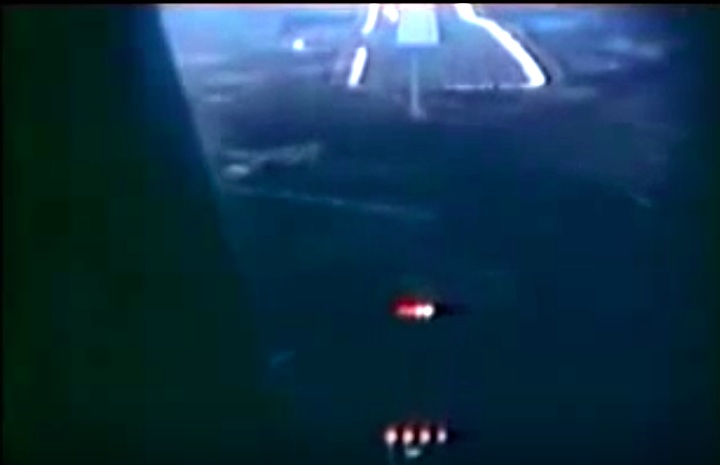
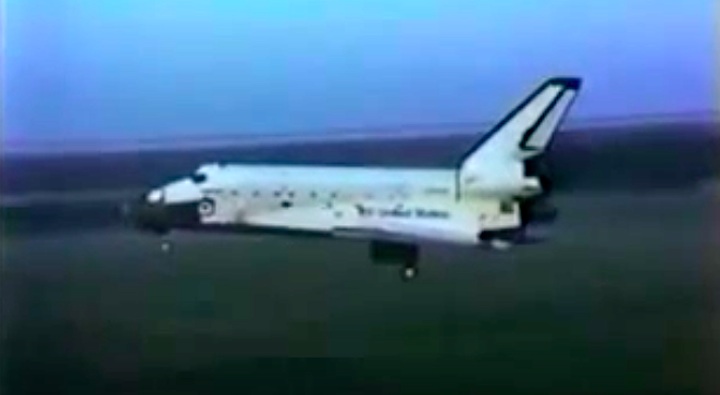
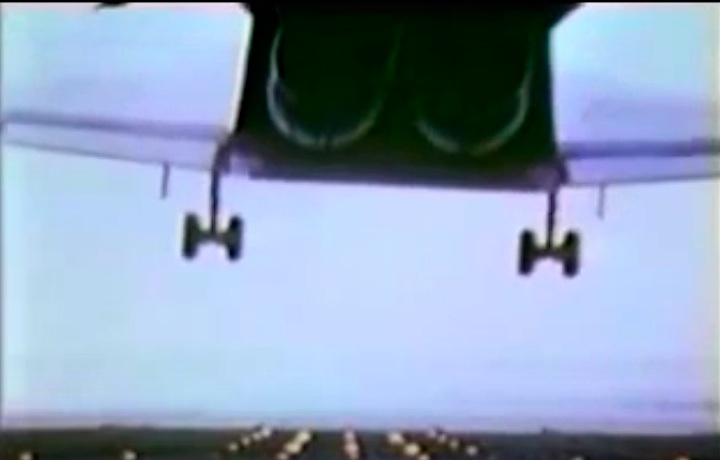
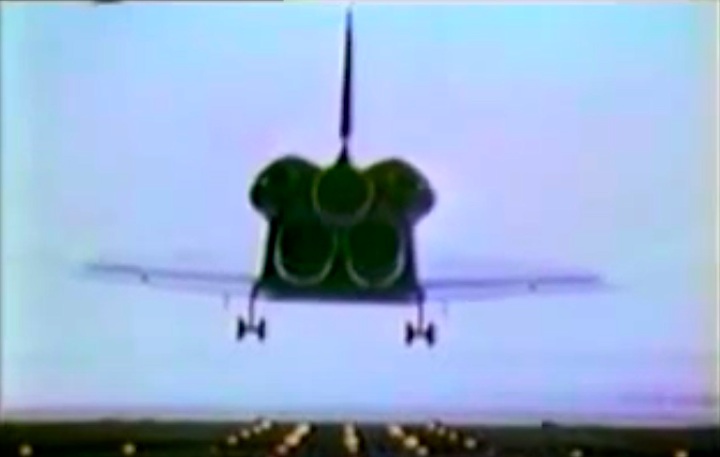
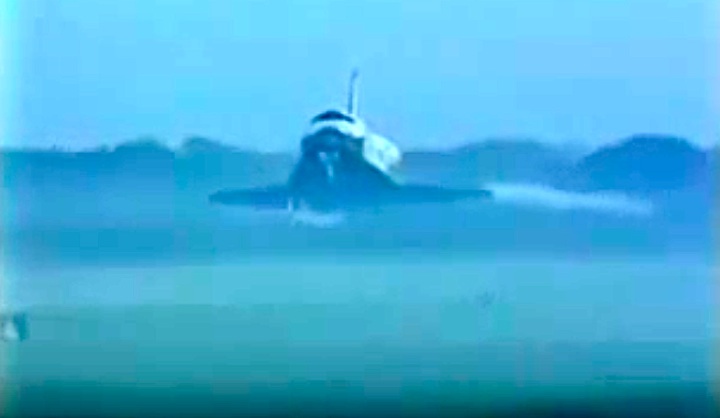


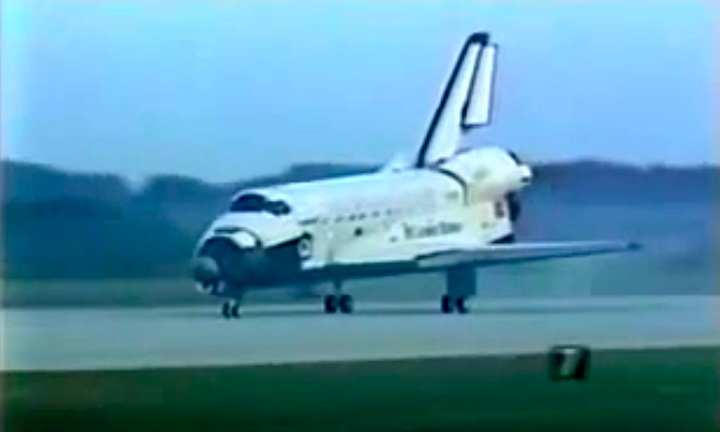
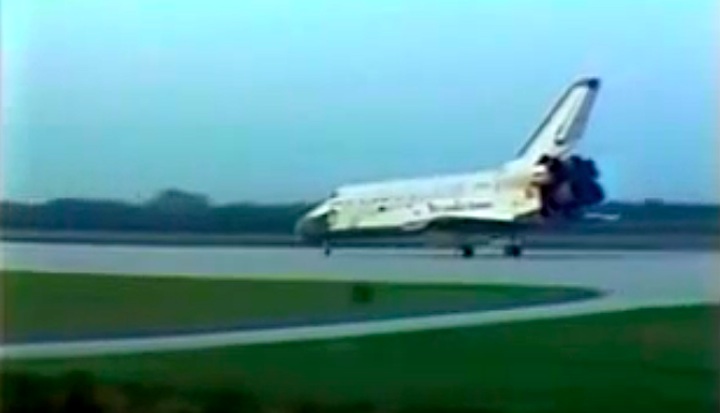
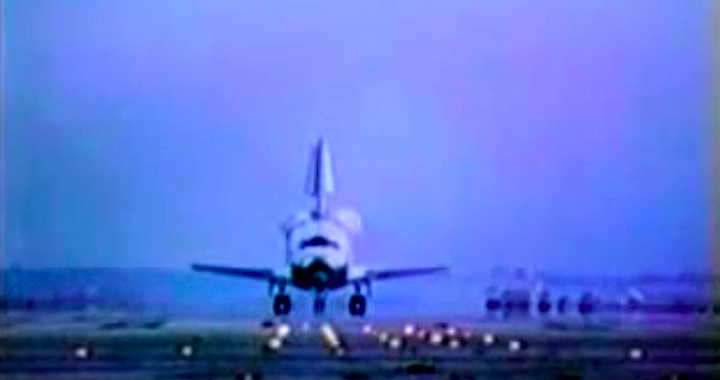
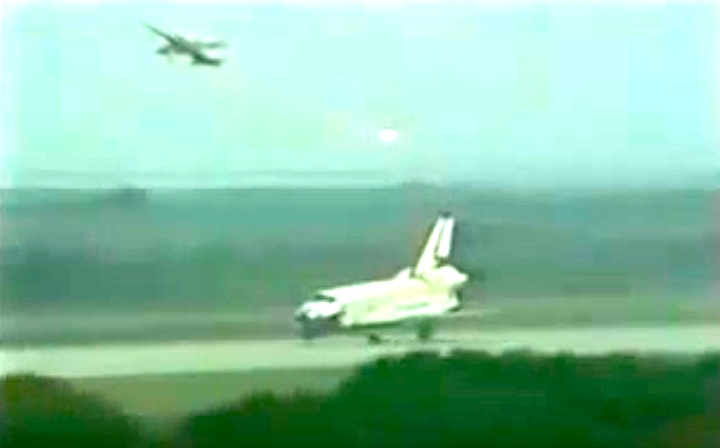
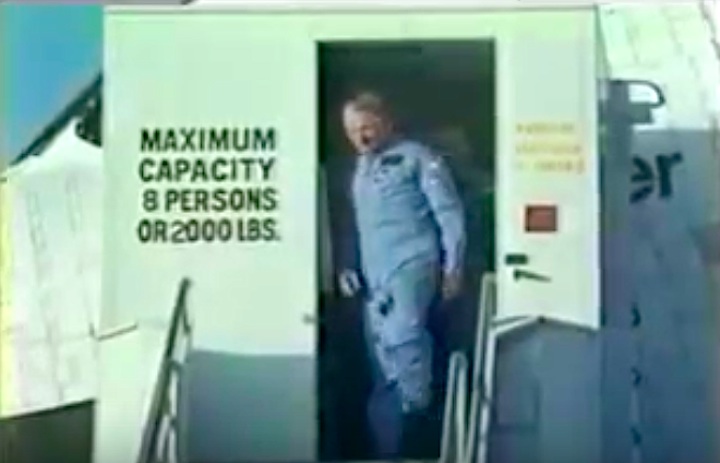

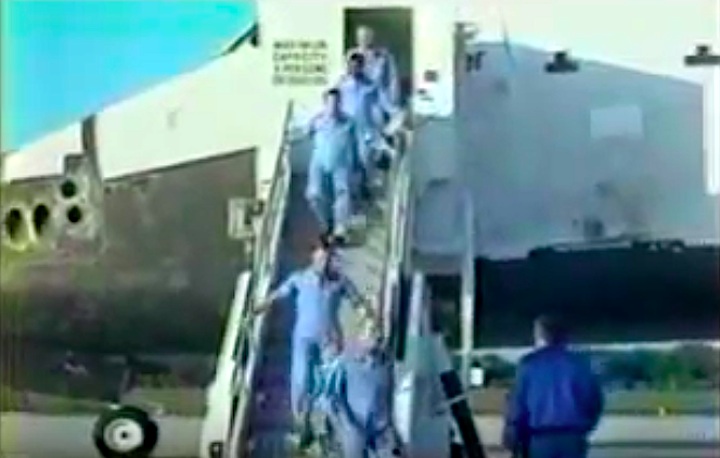
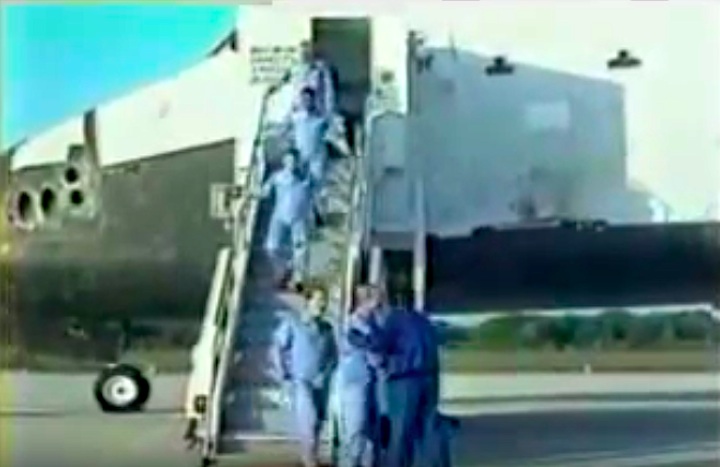
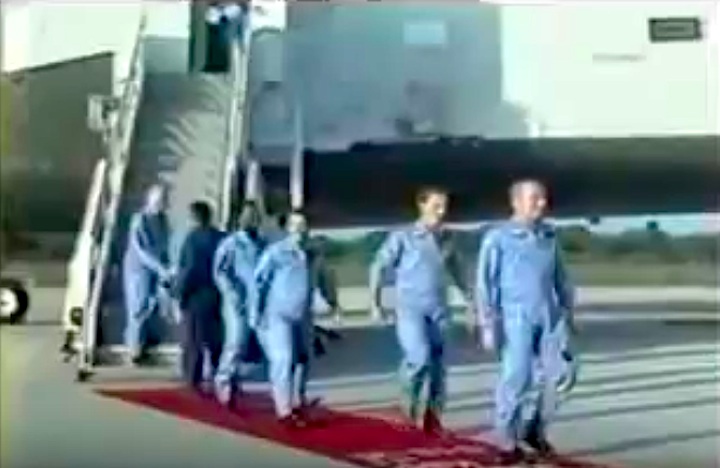
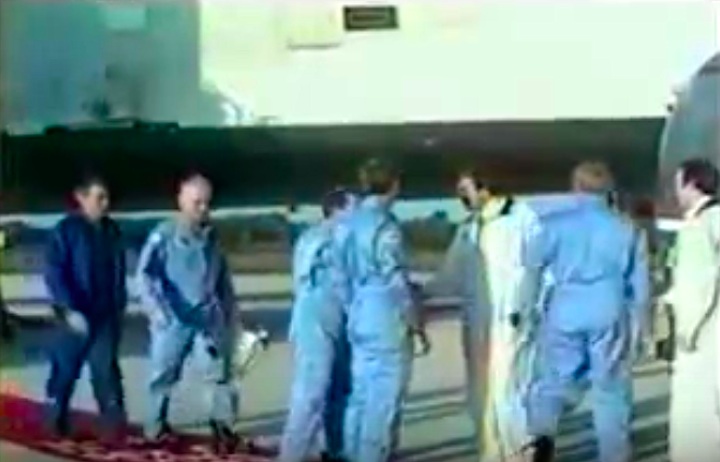
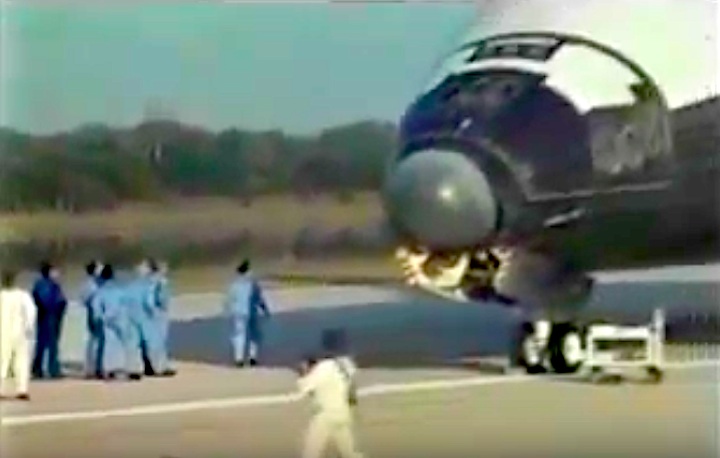
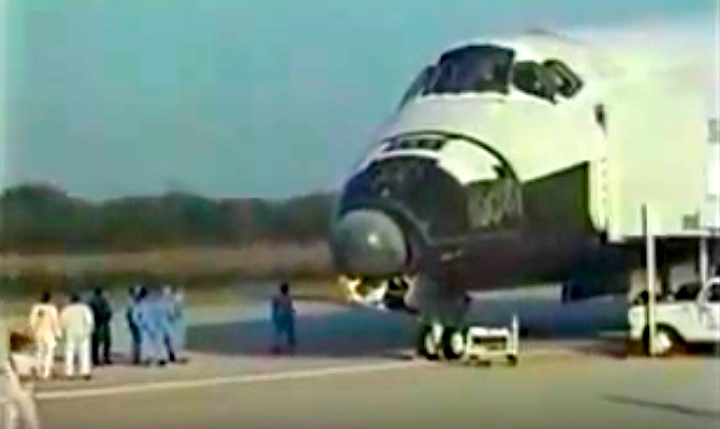
Quelle: NASA
